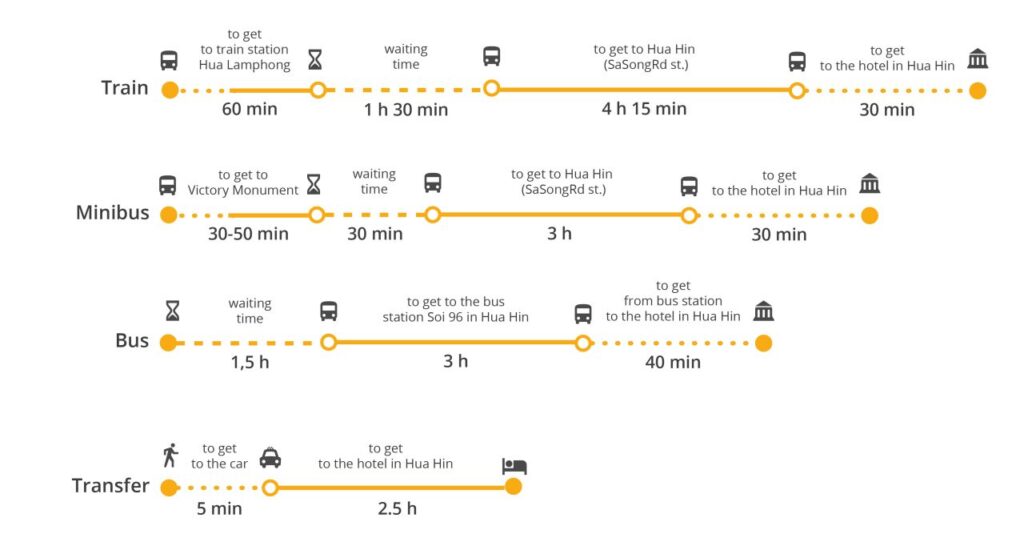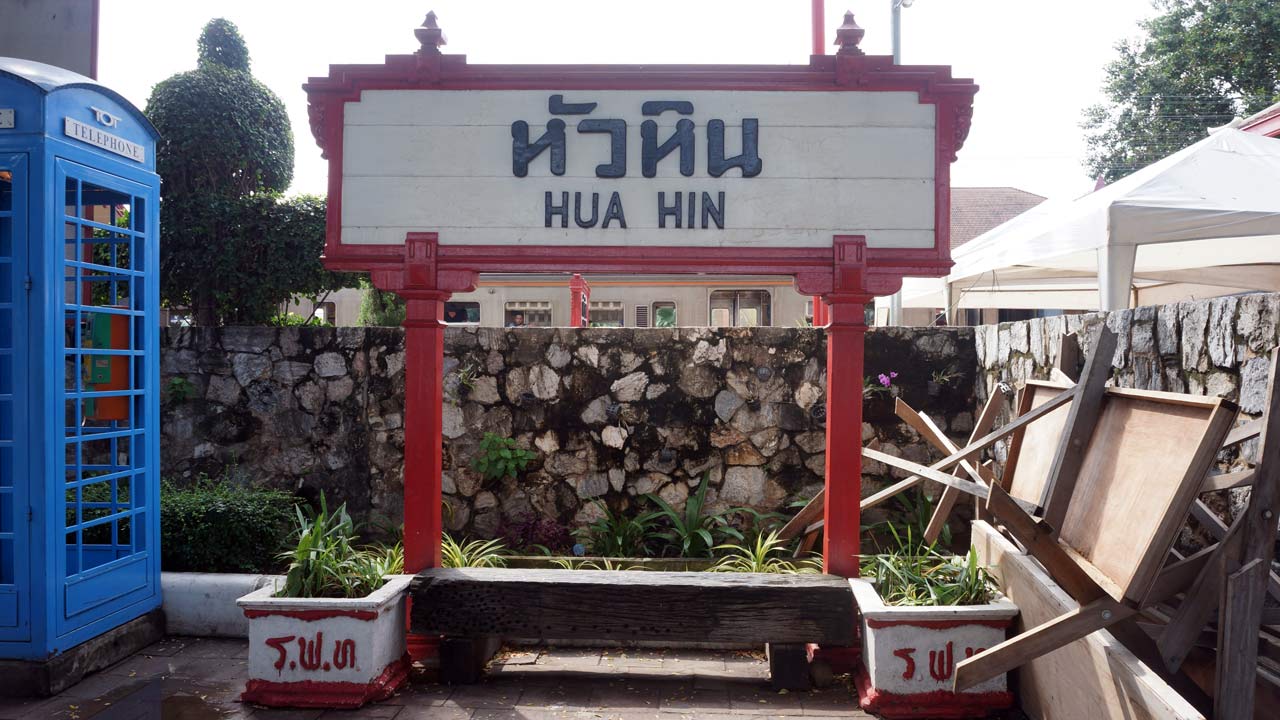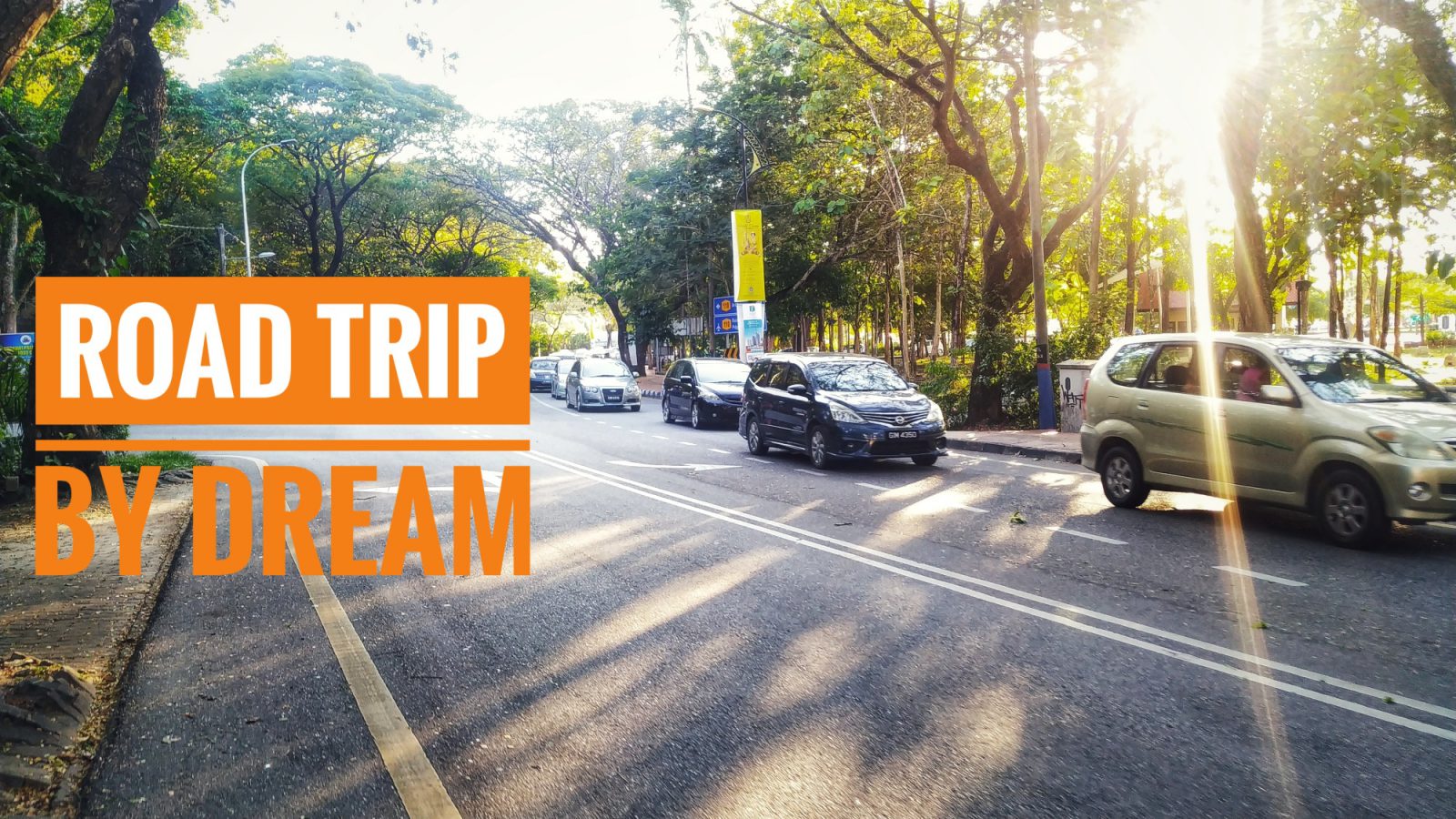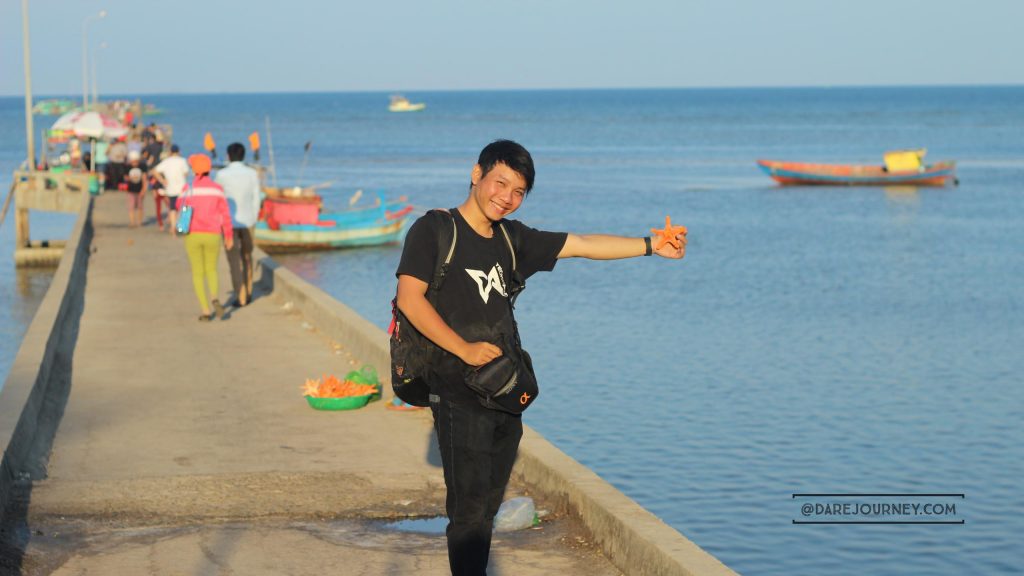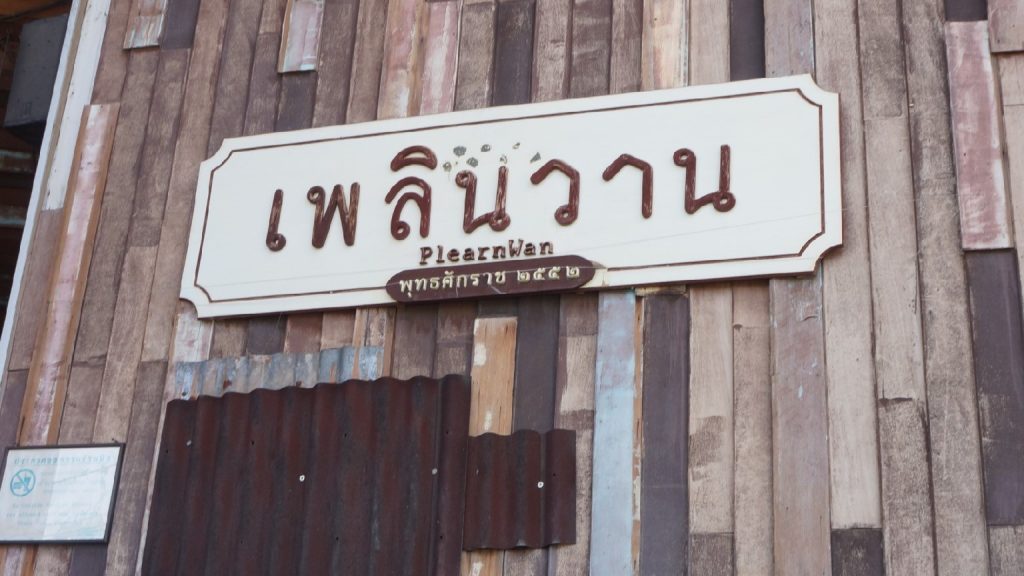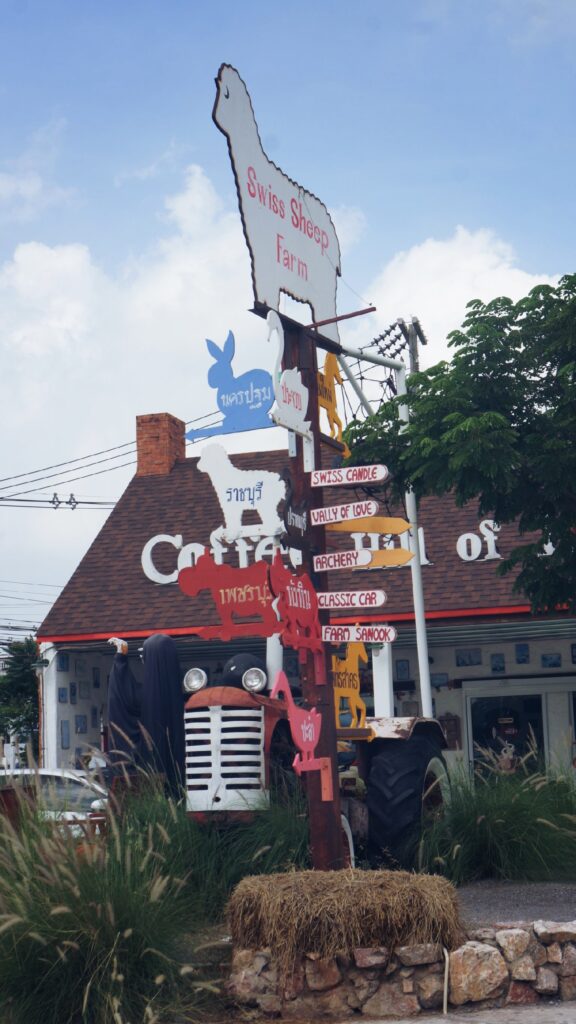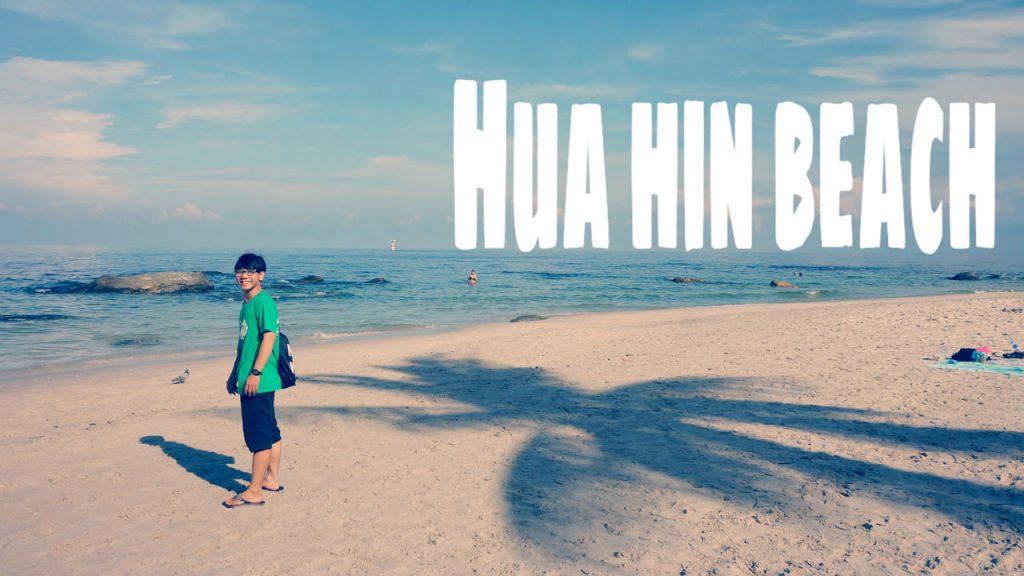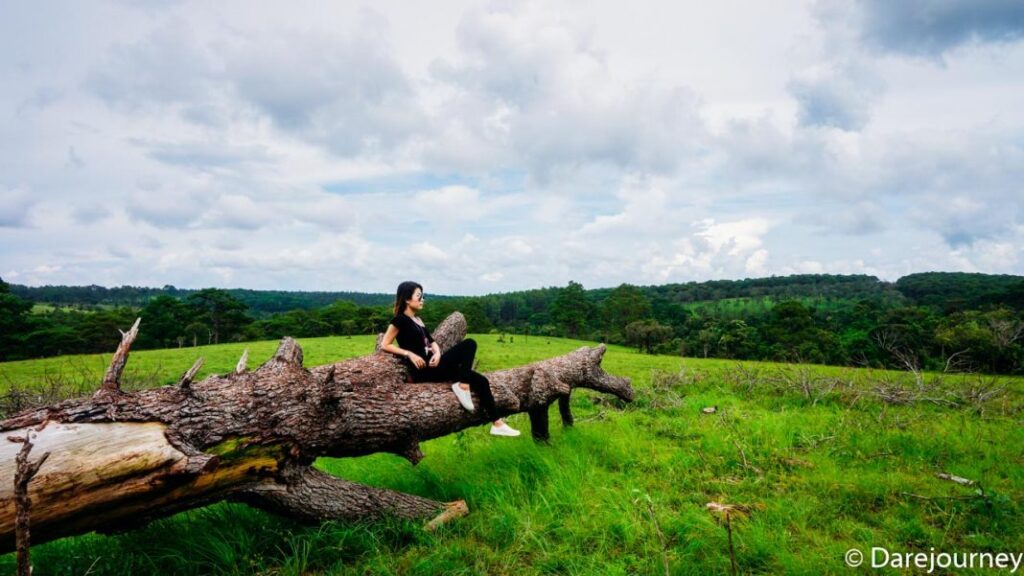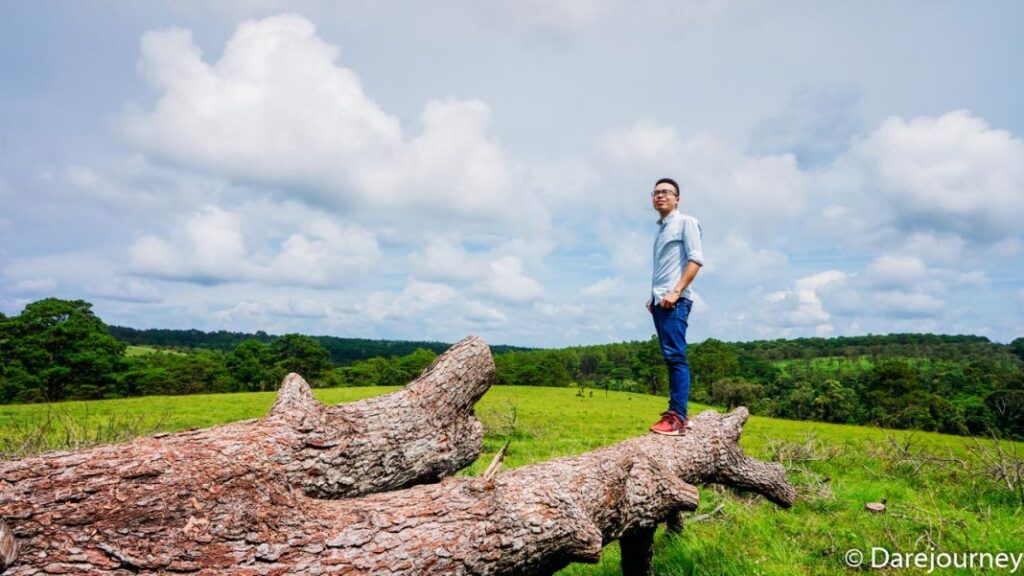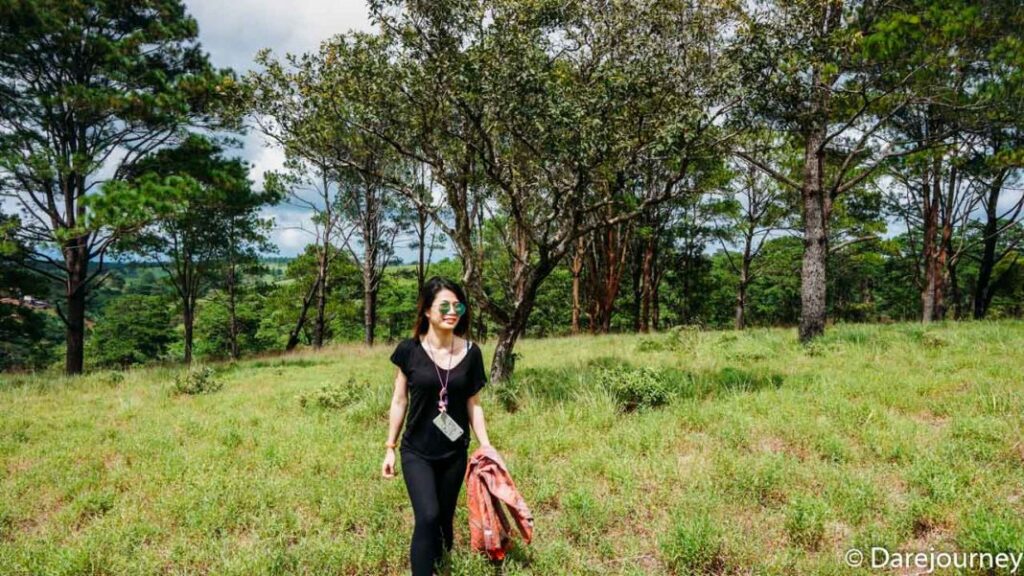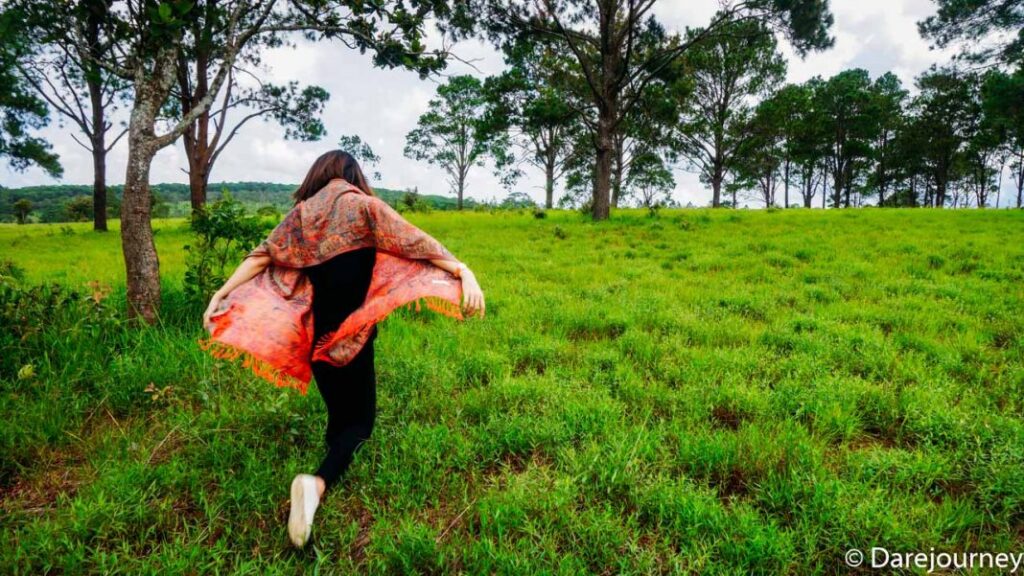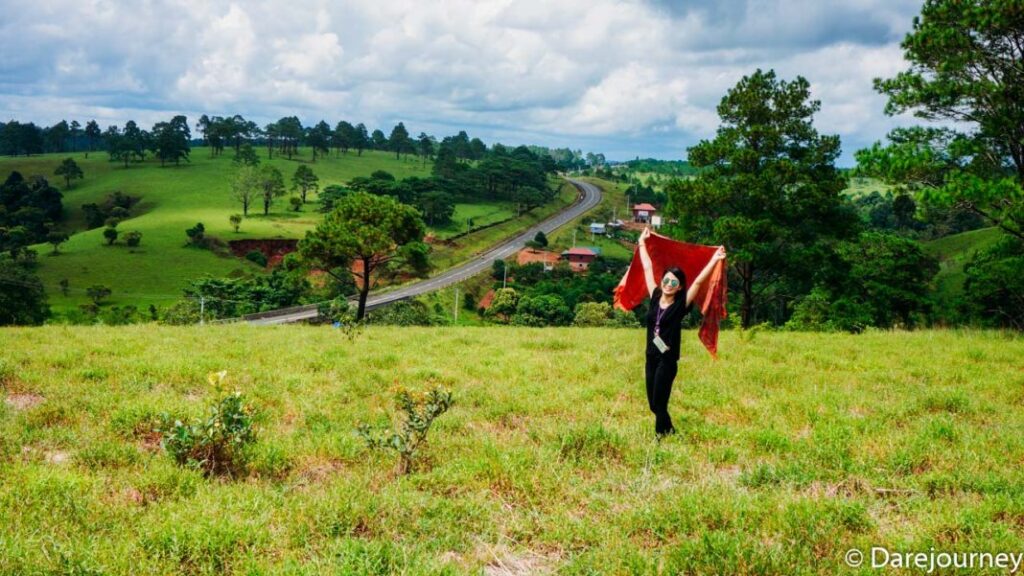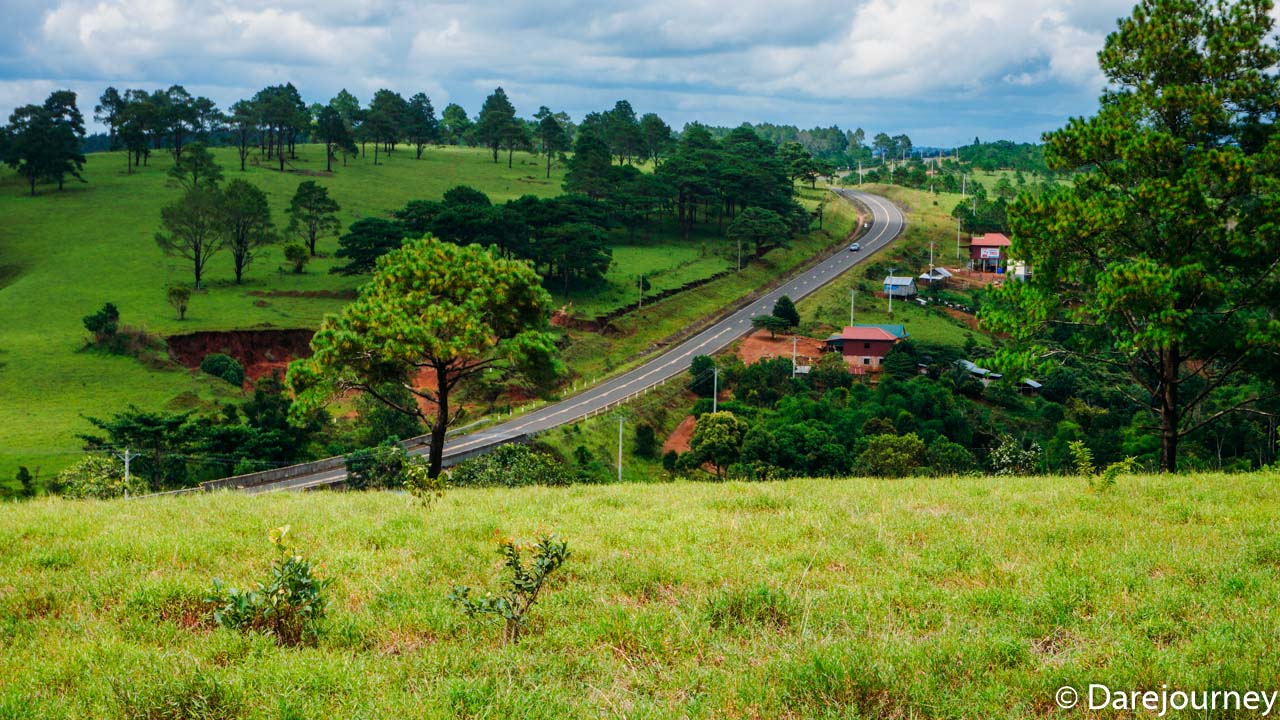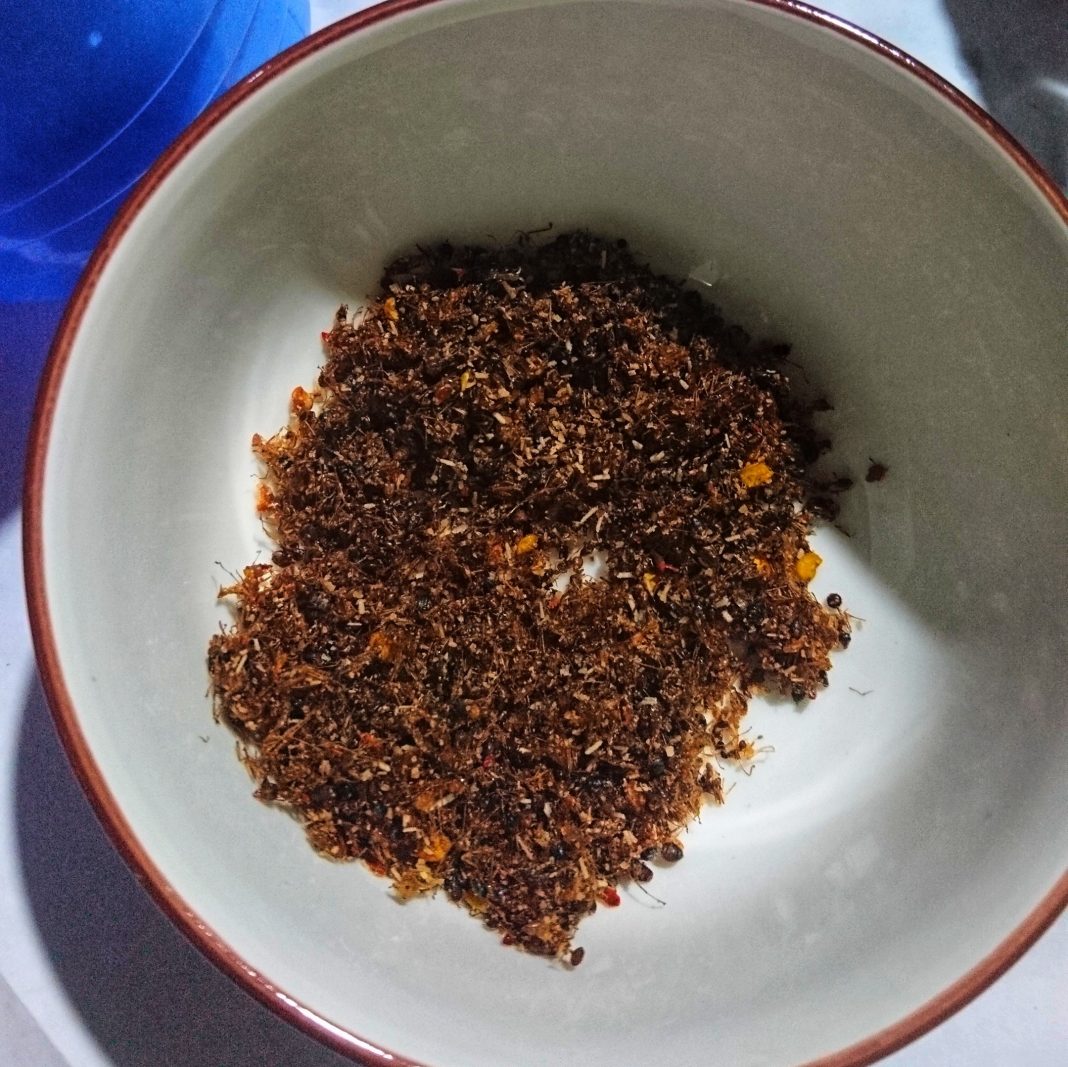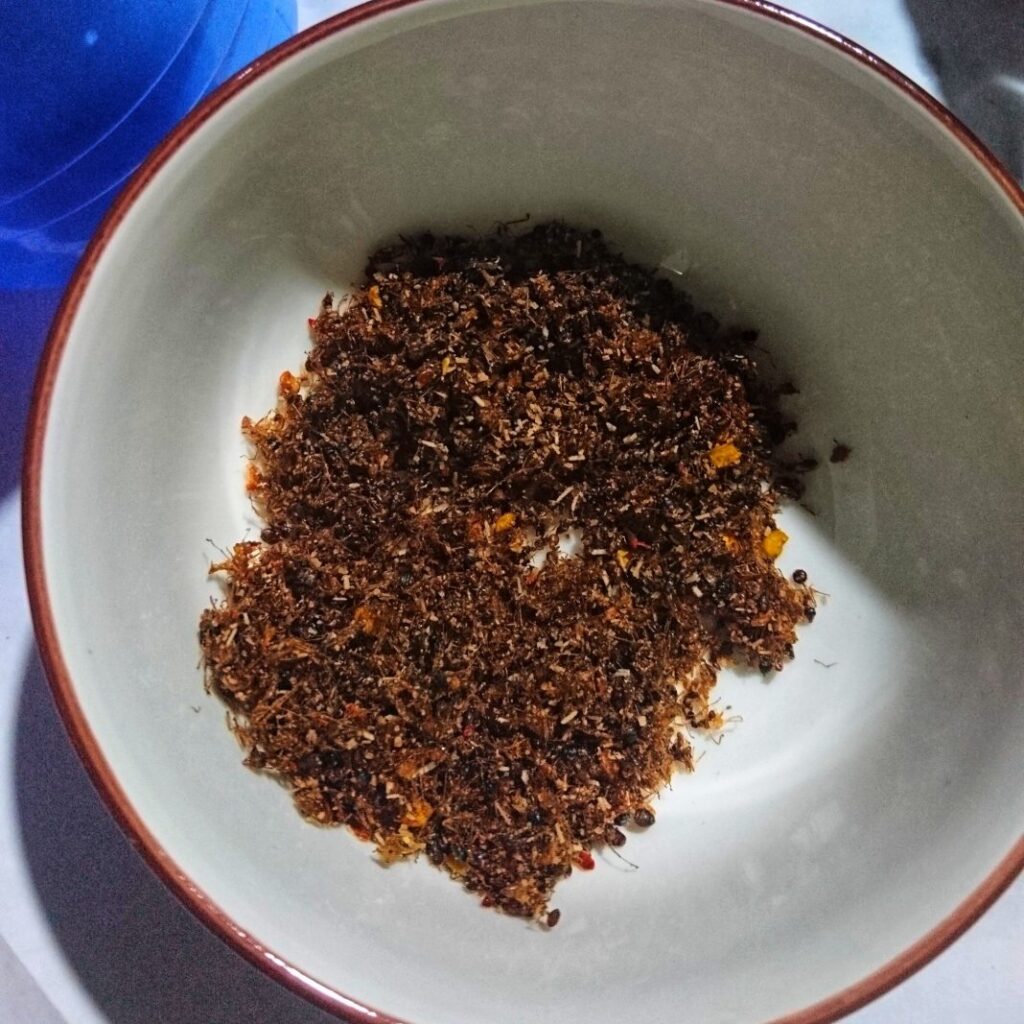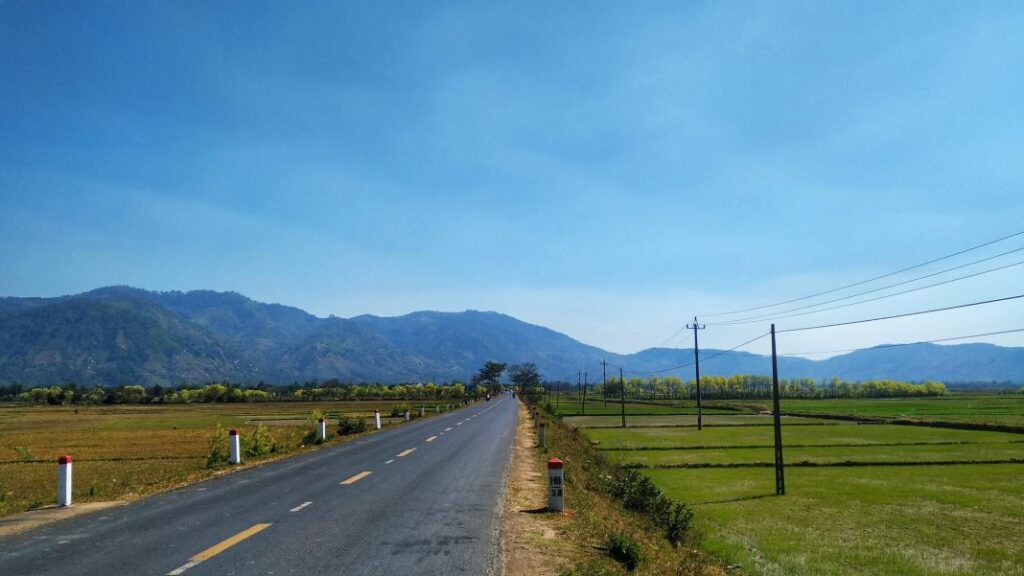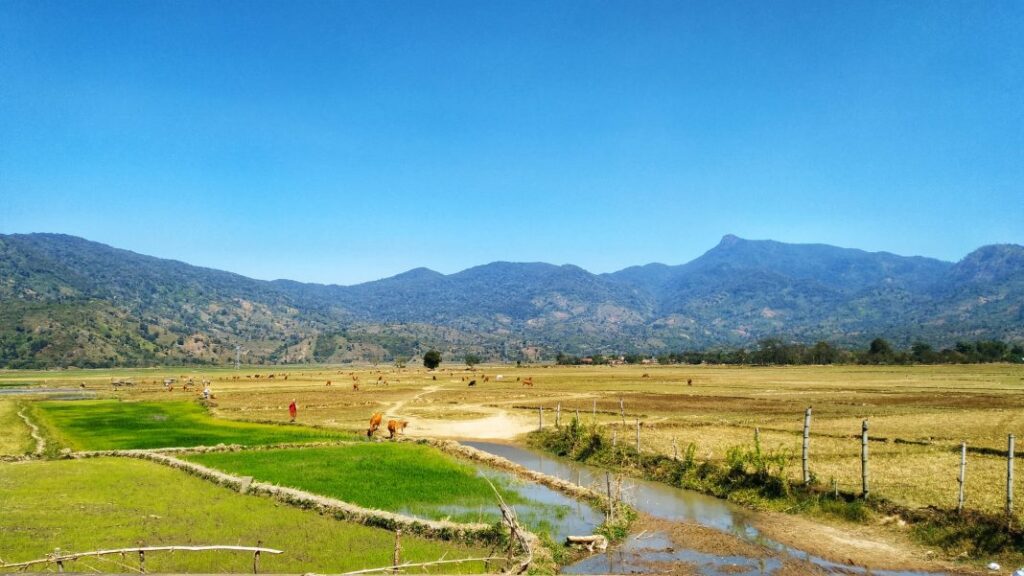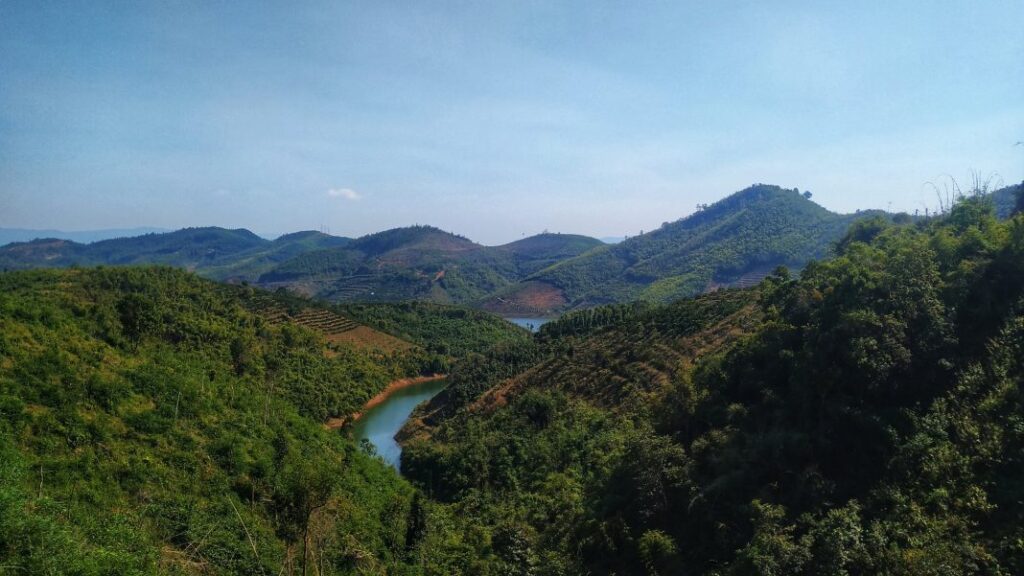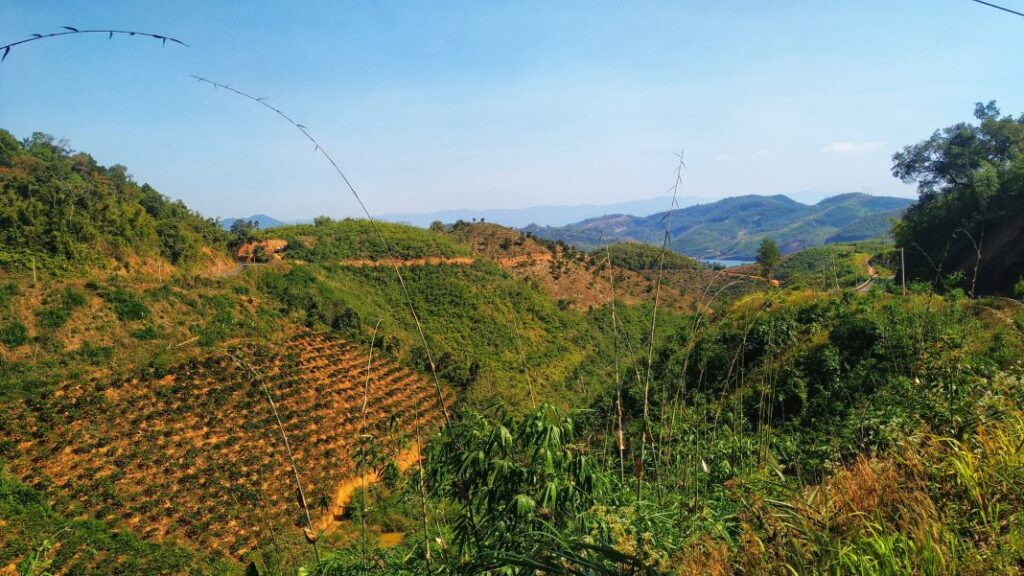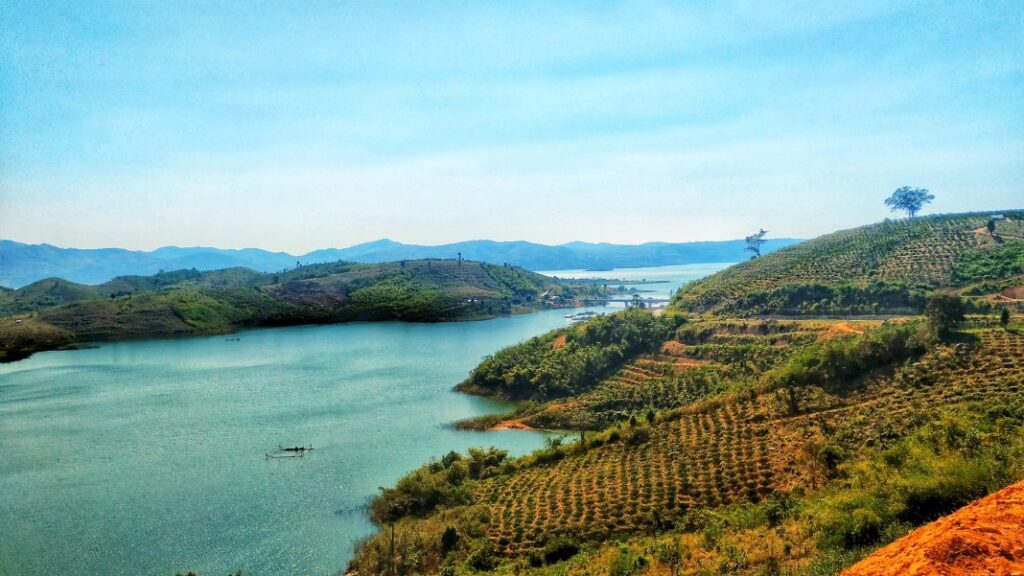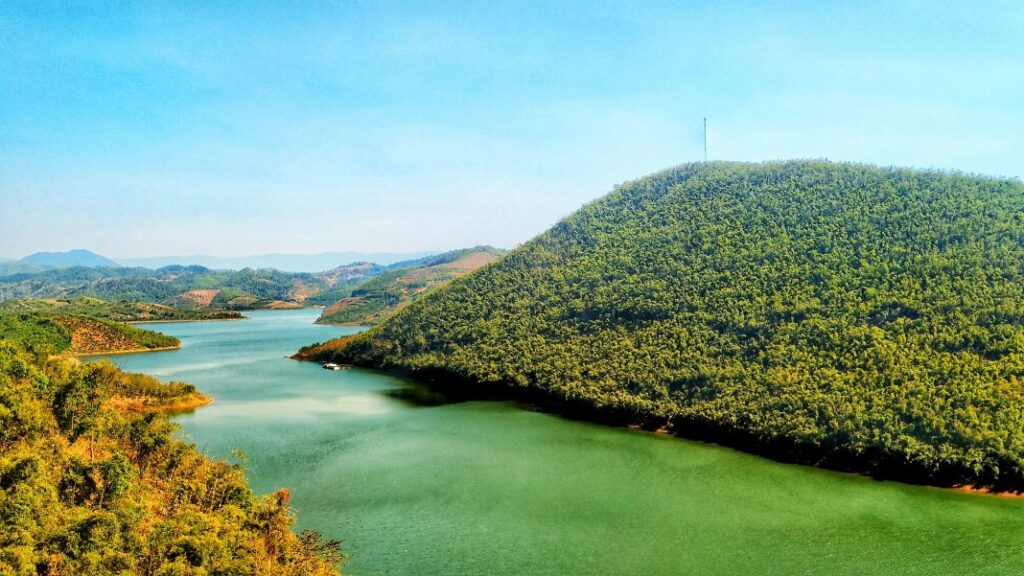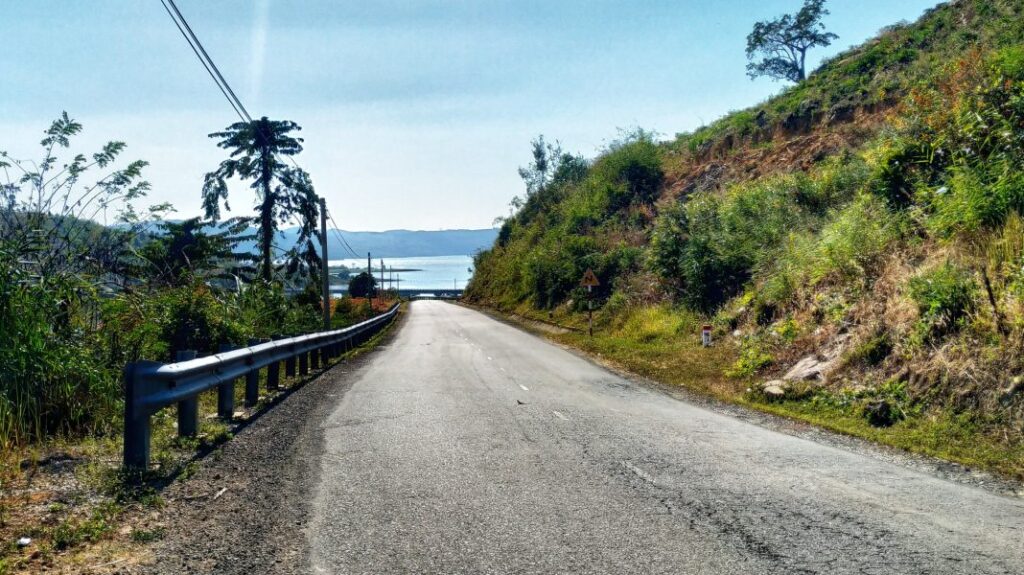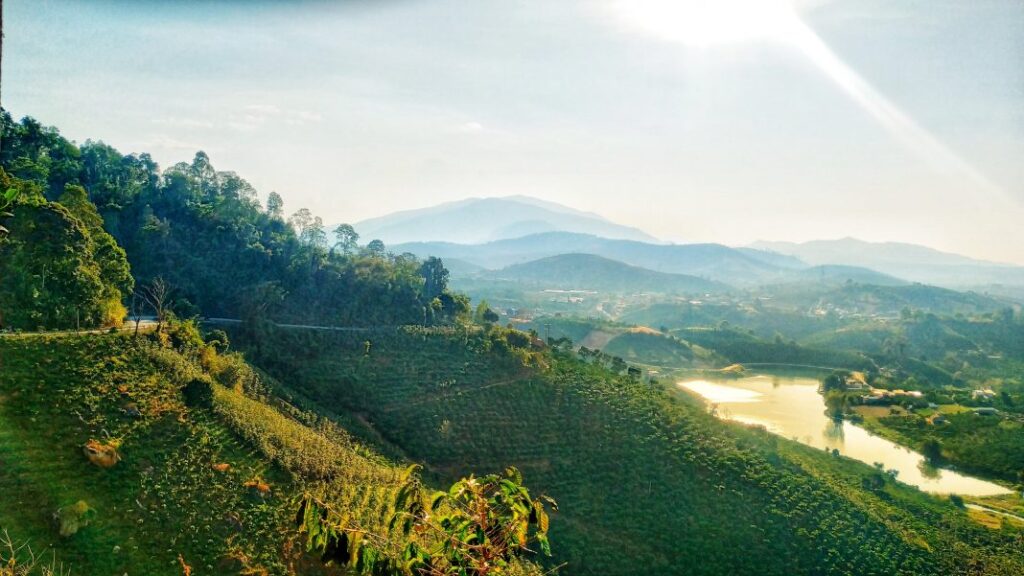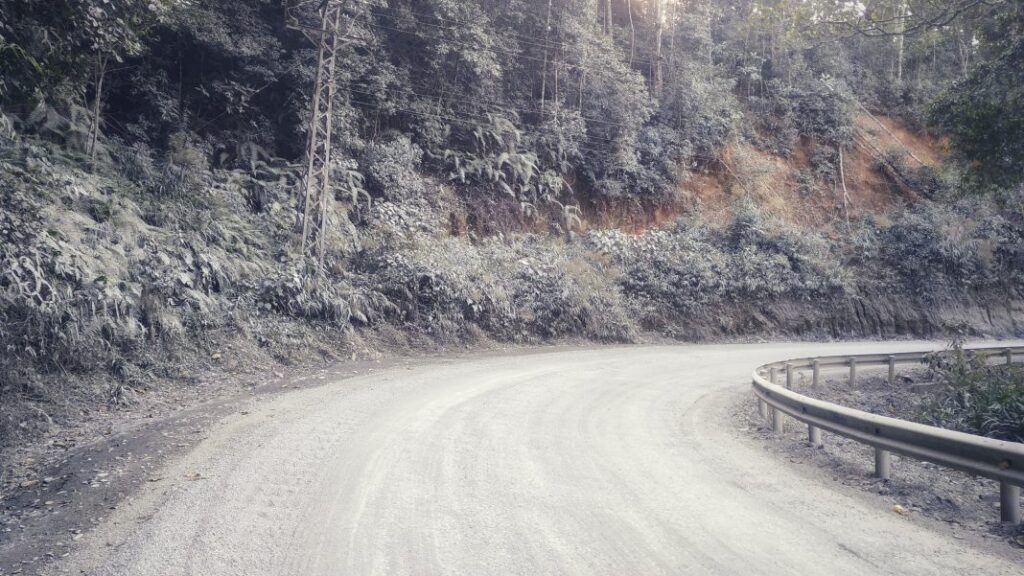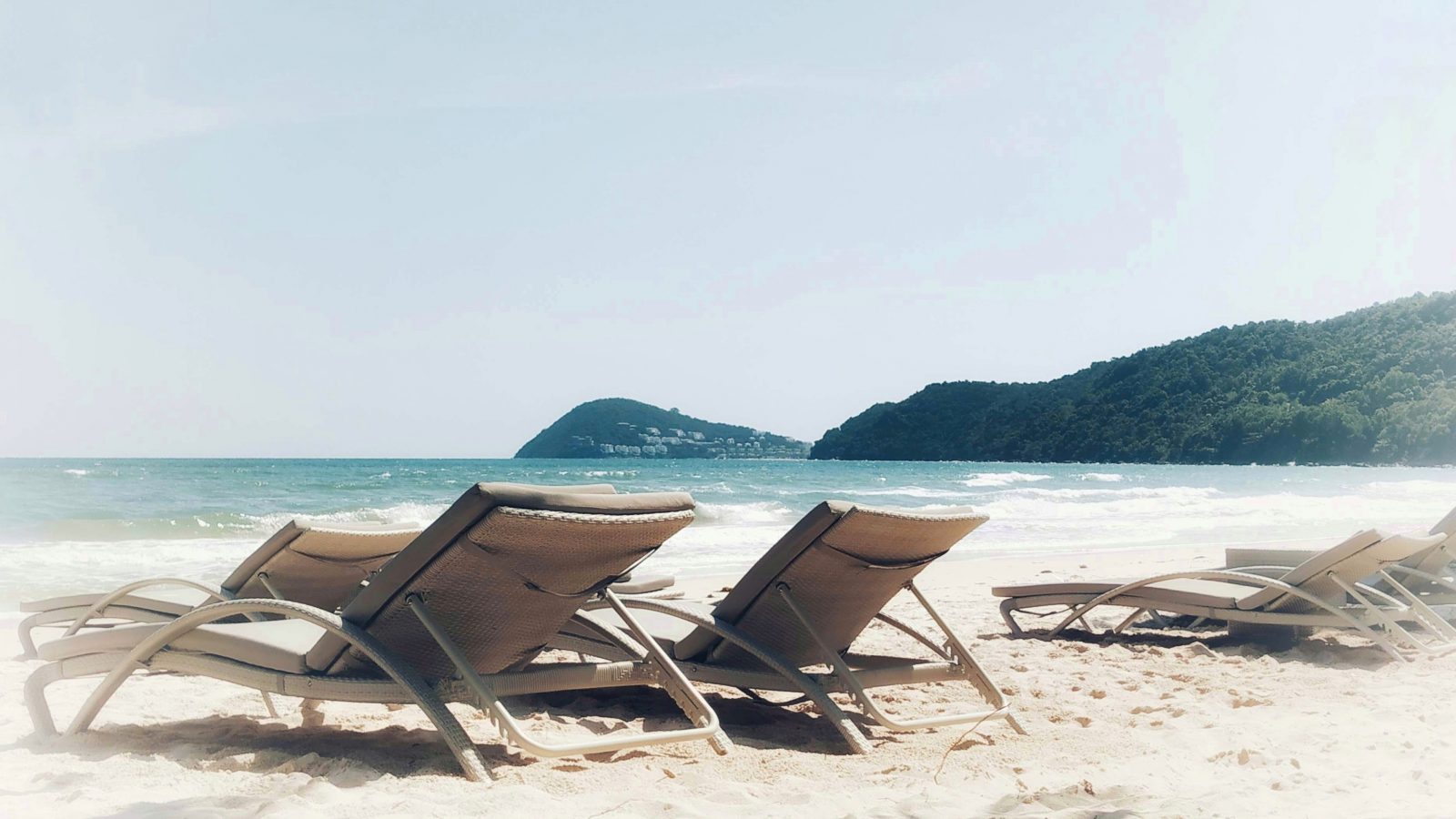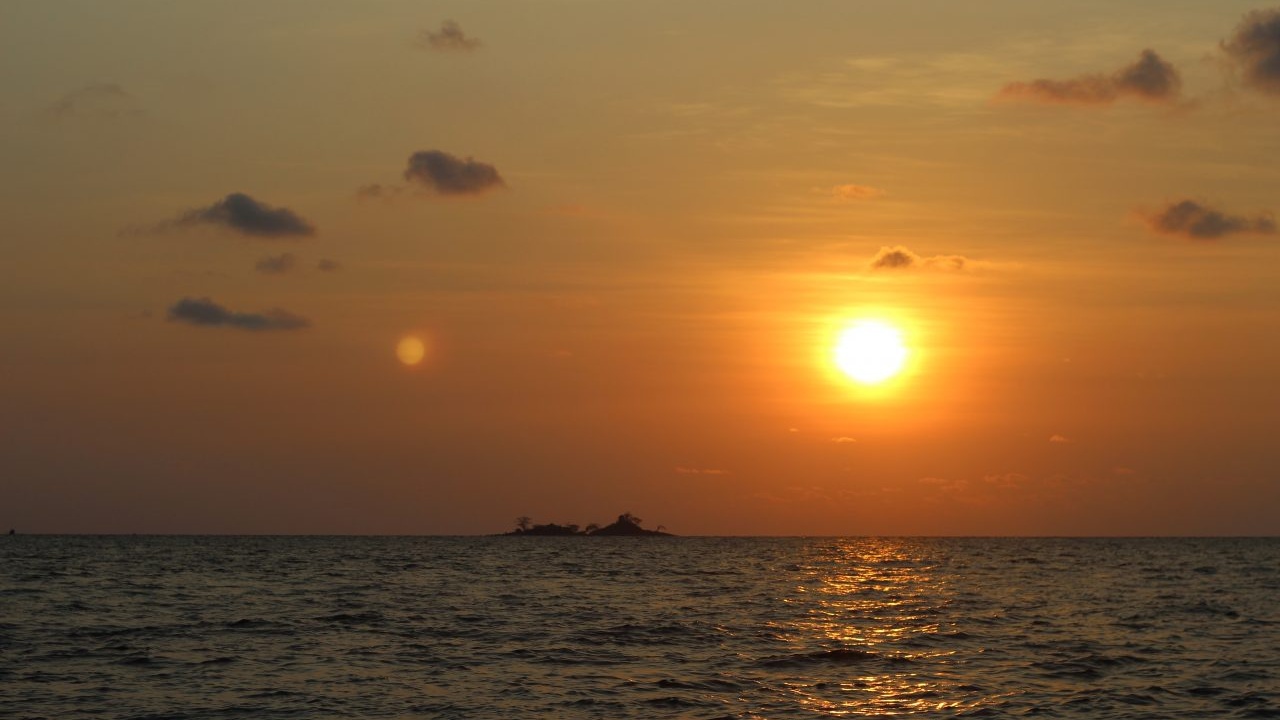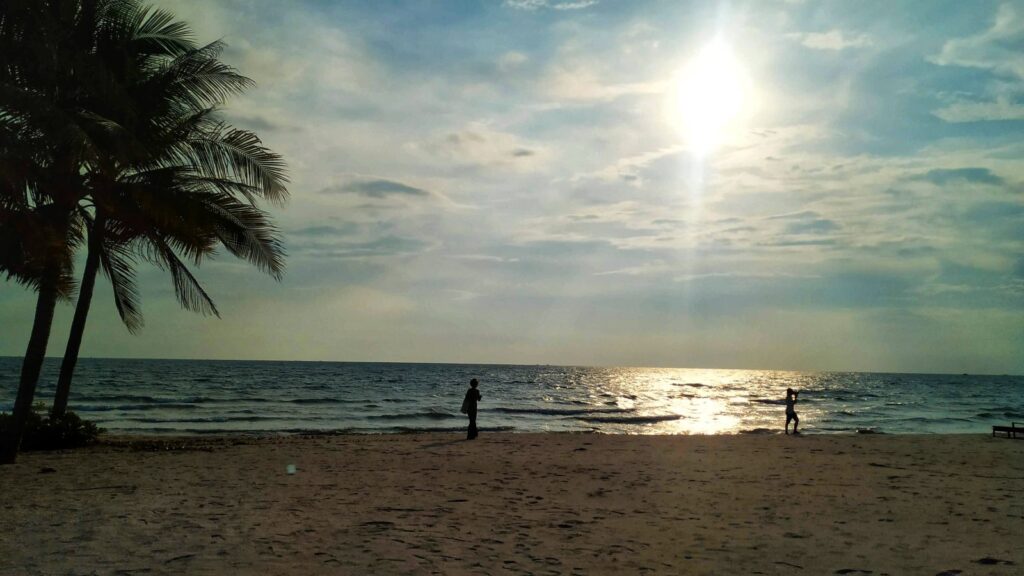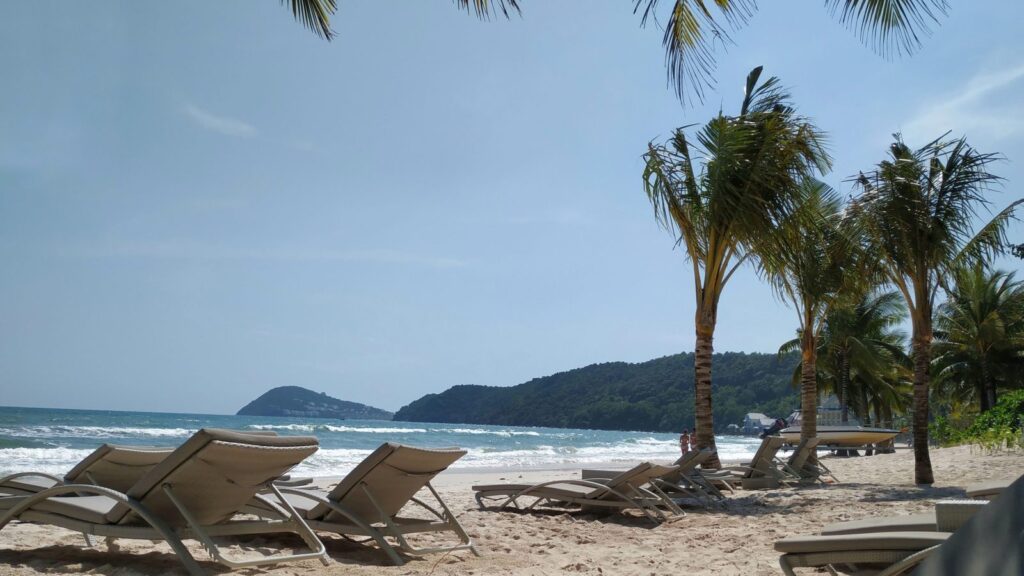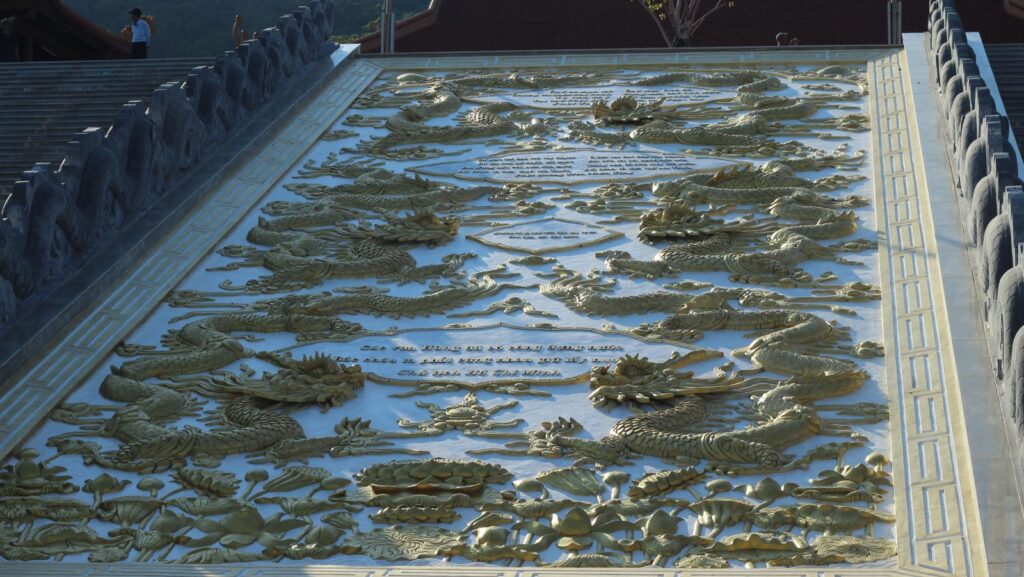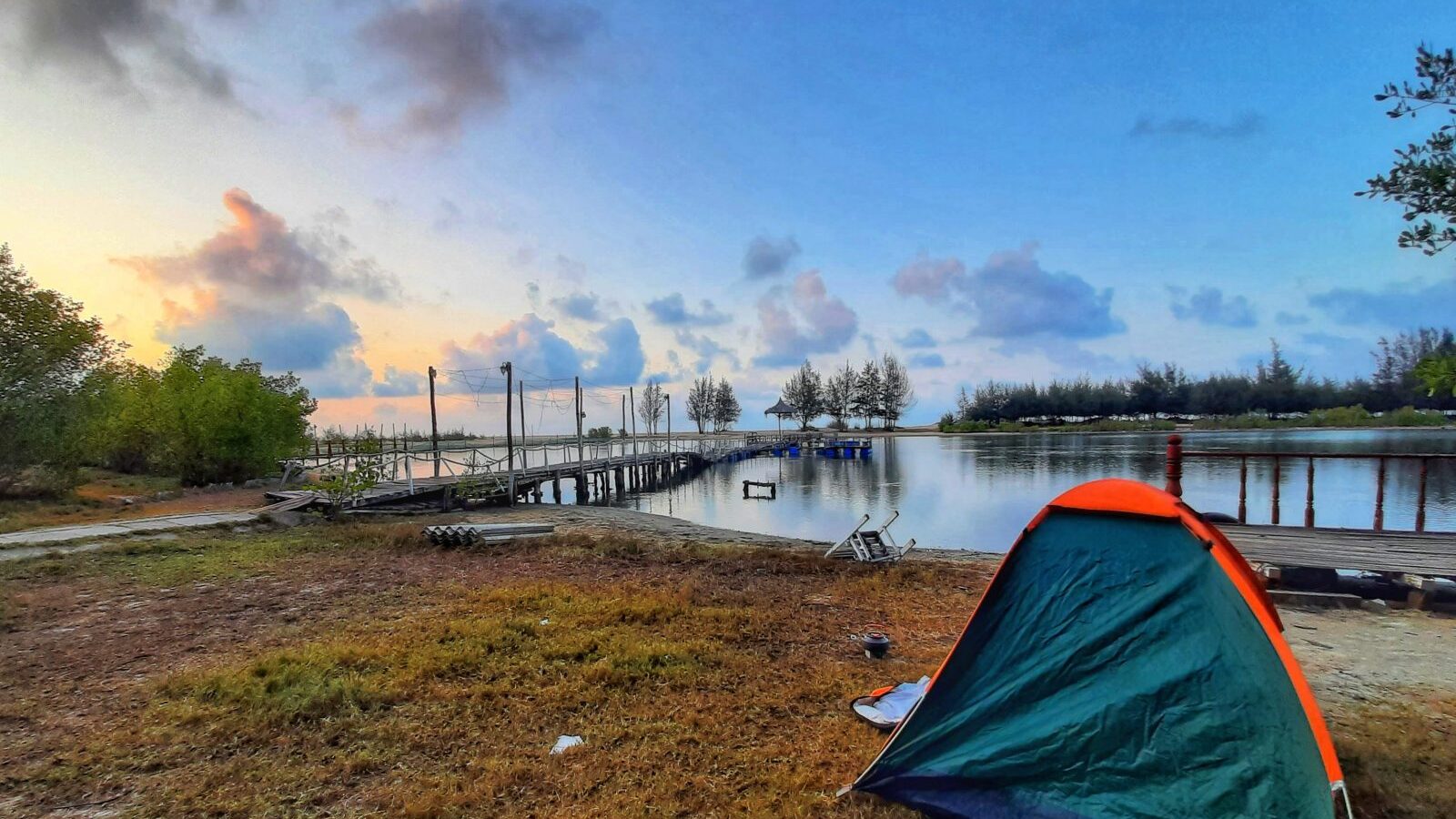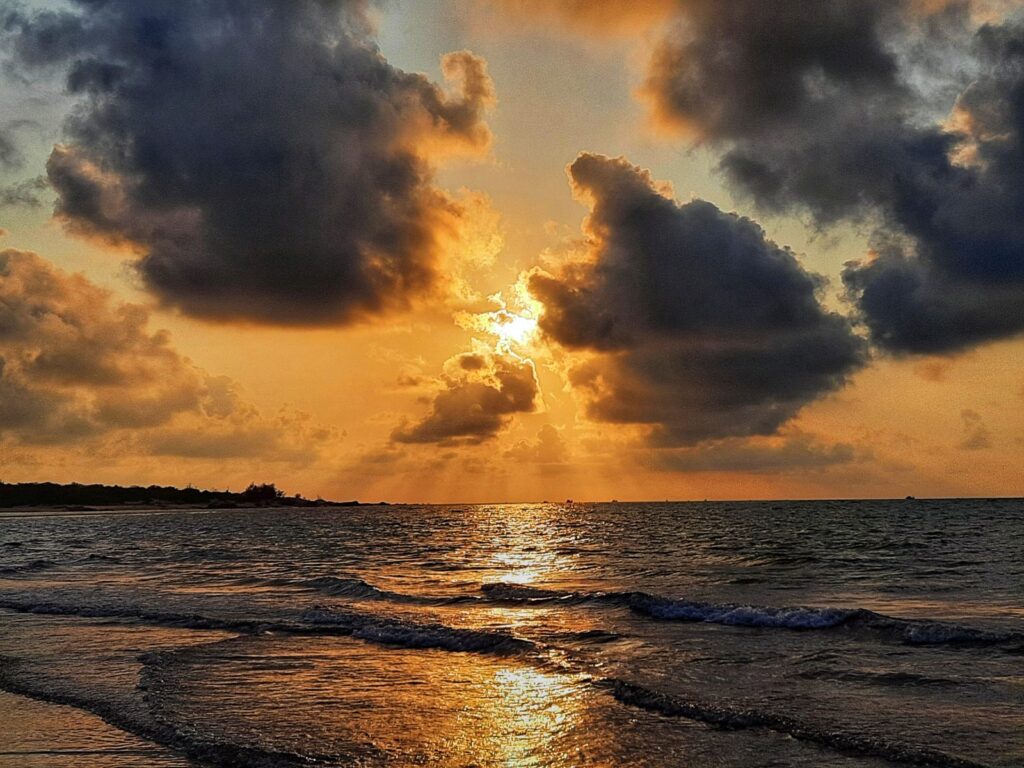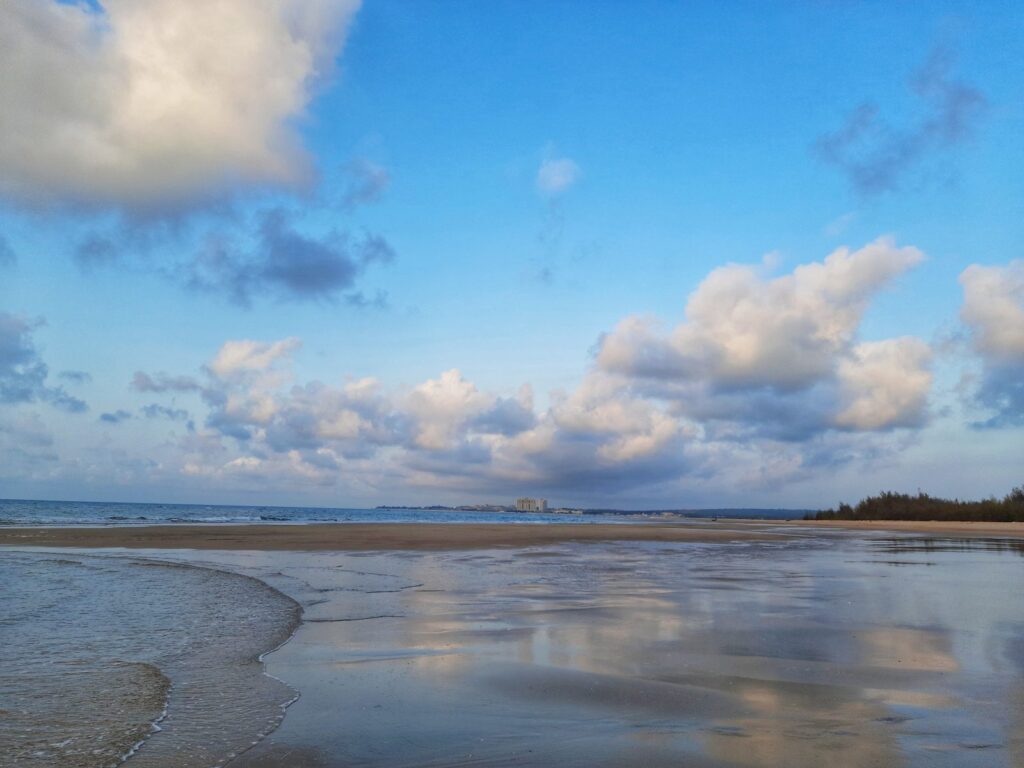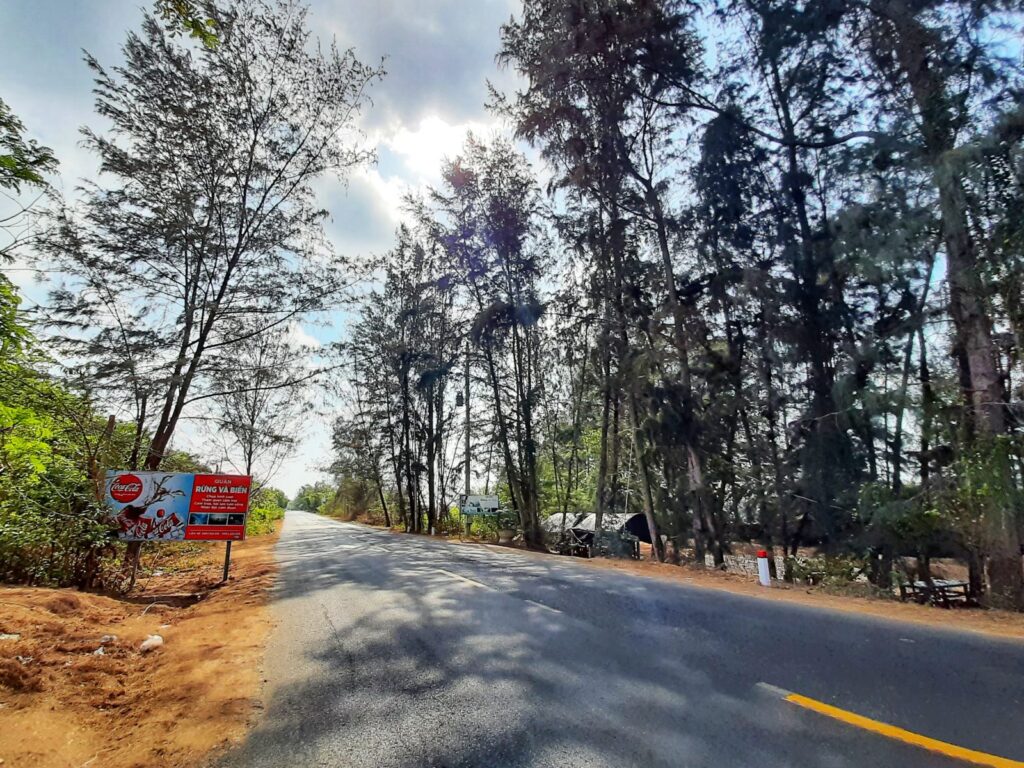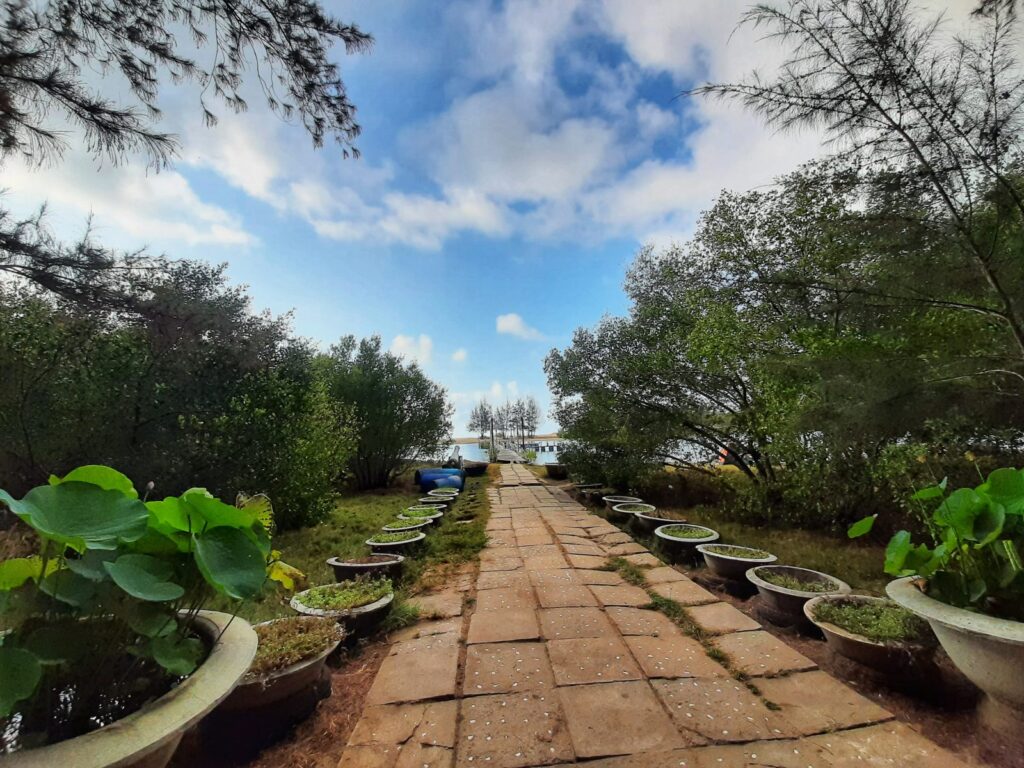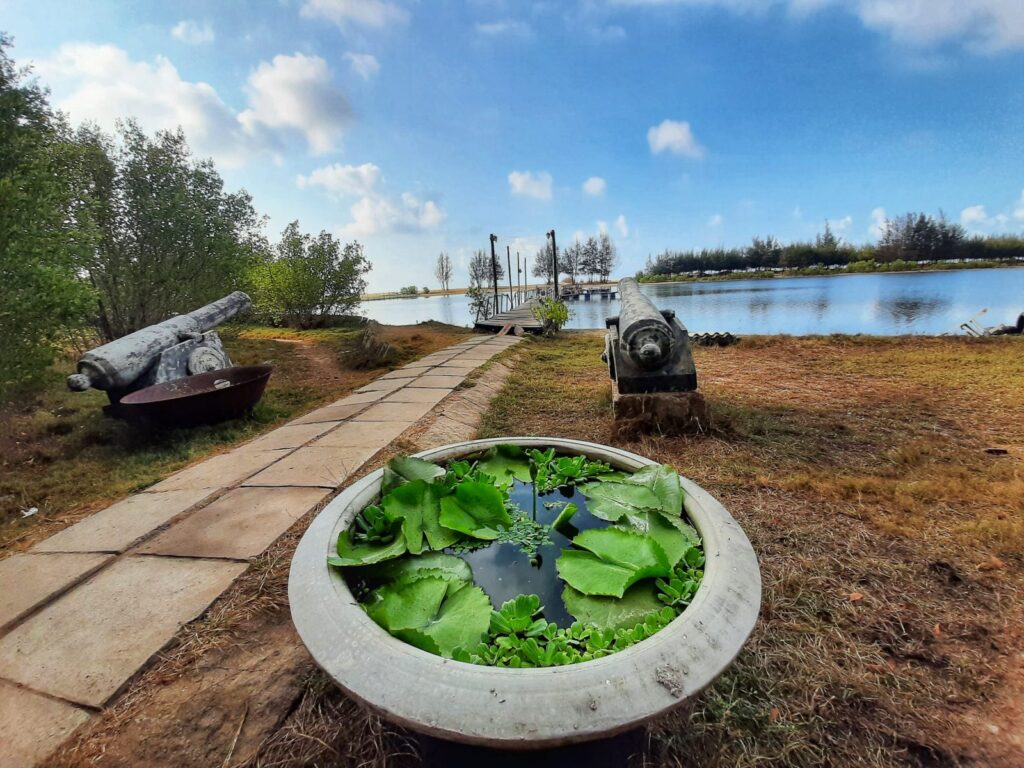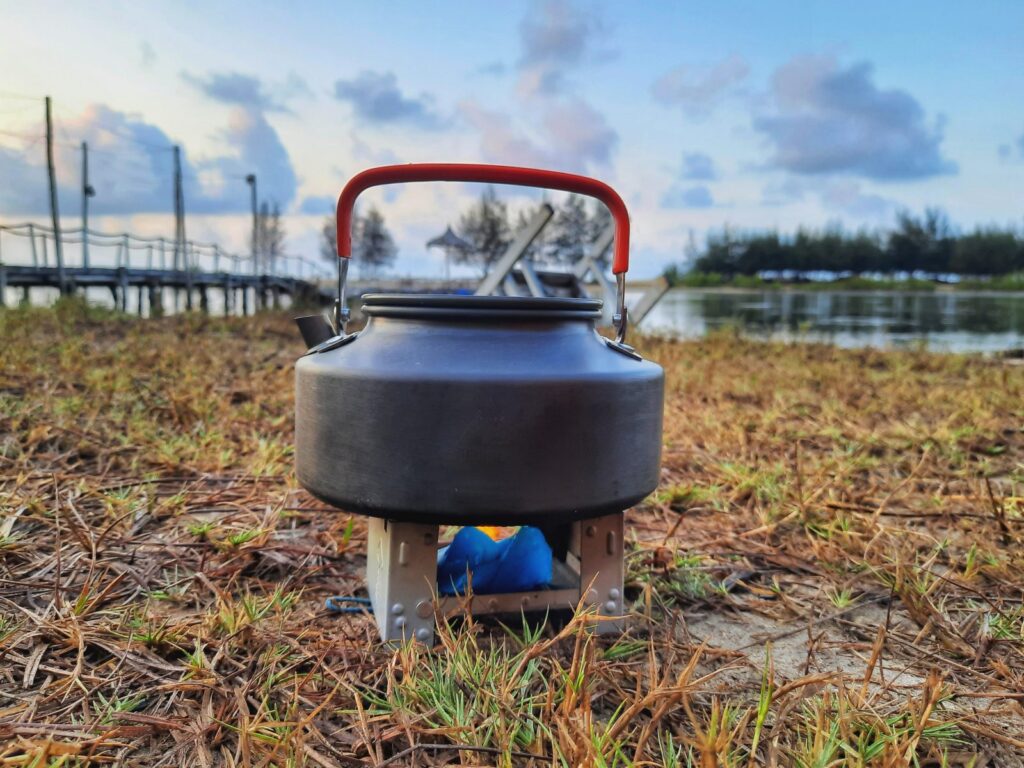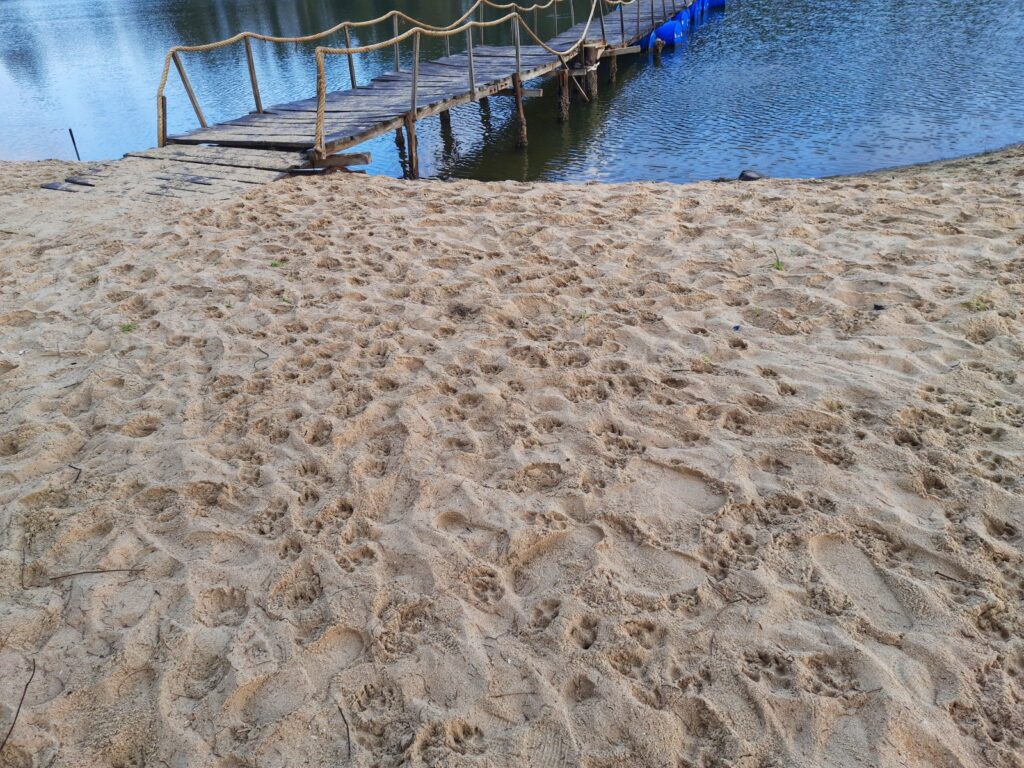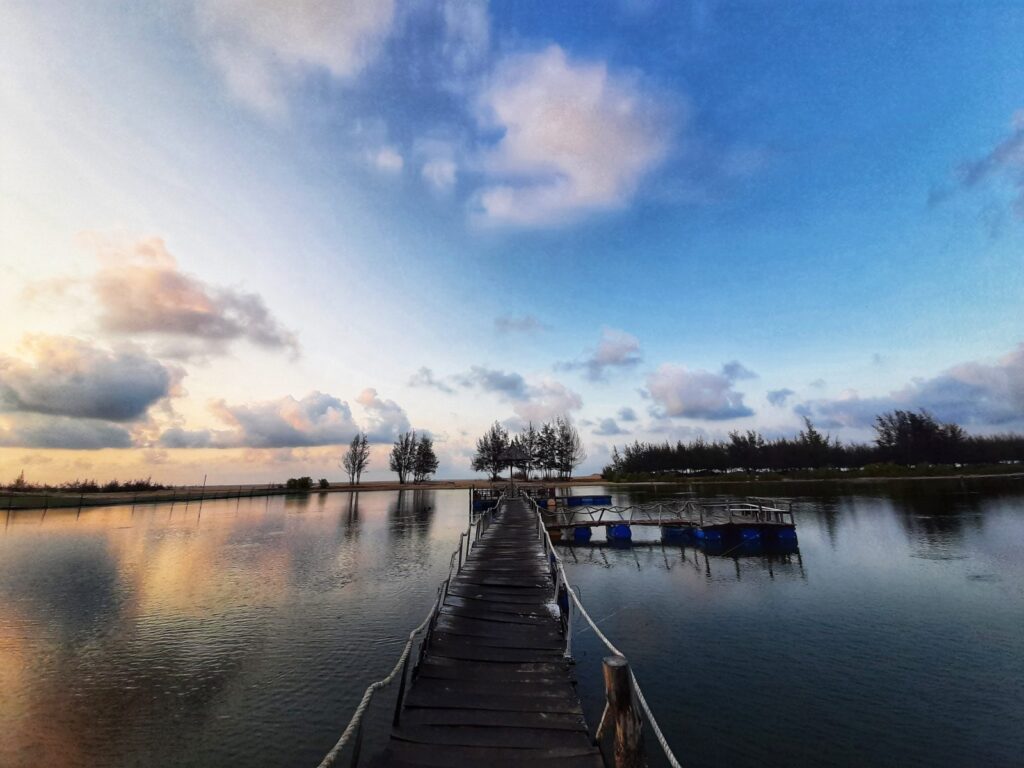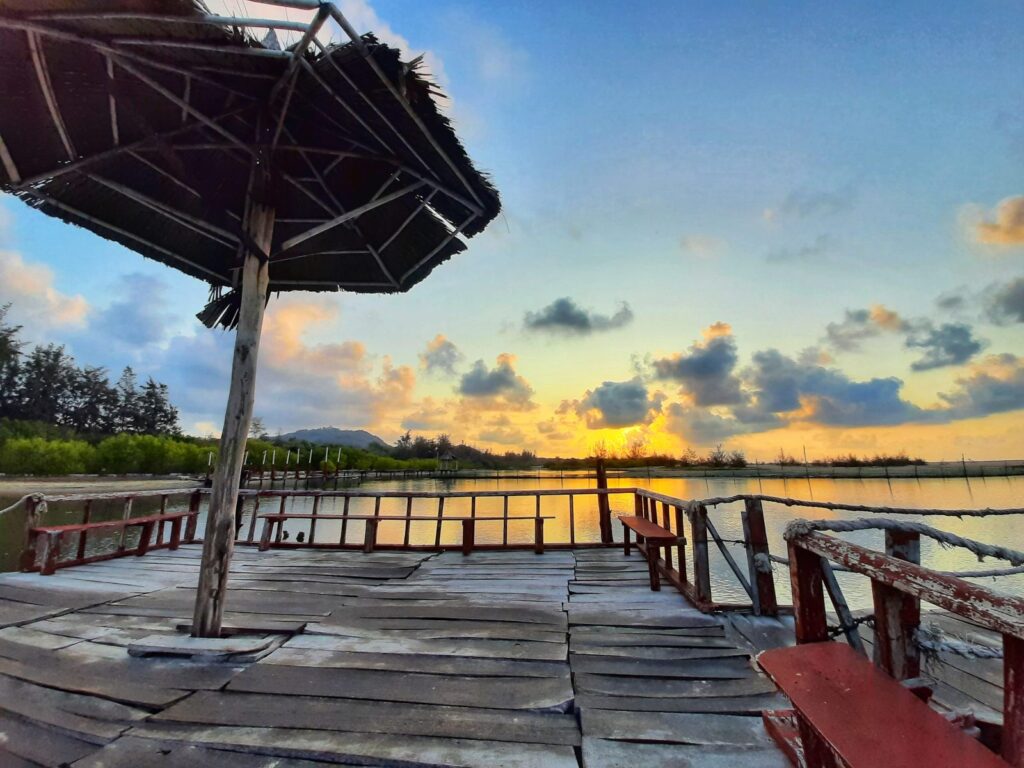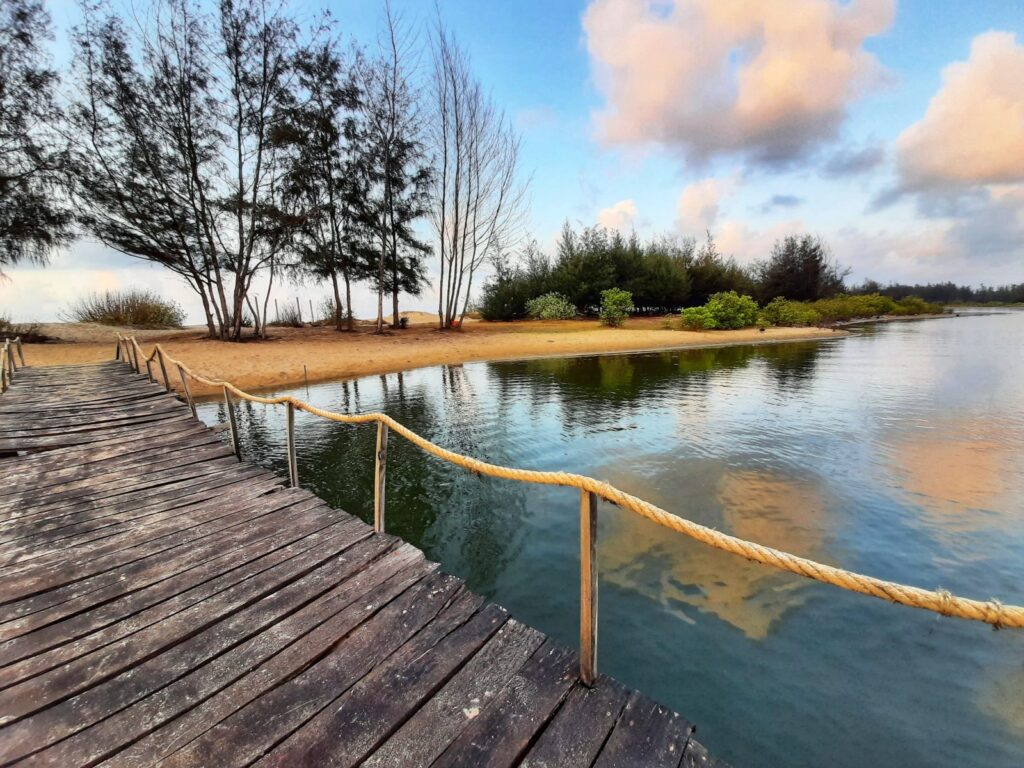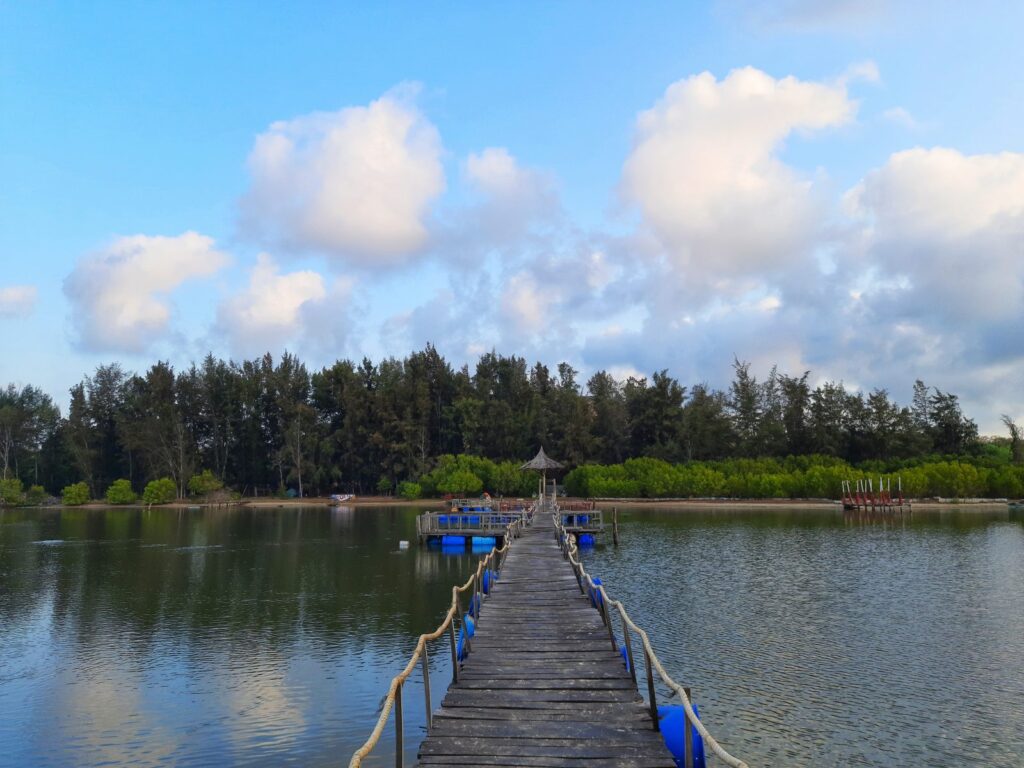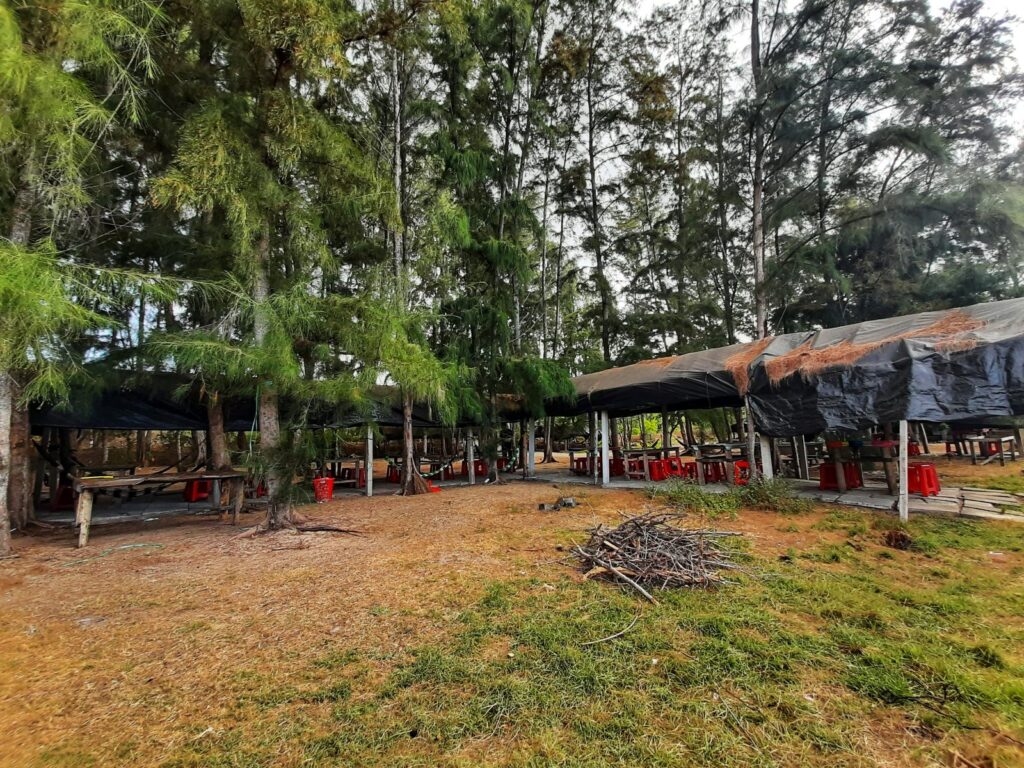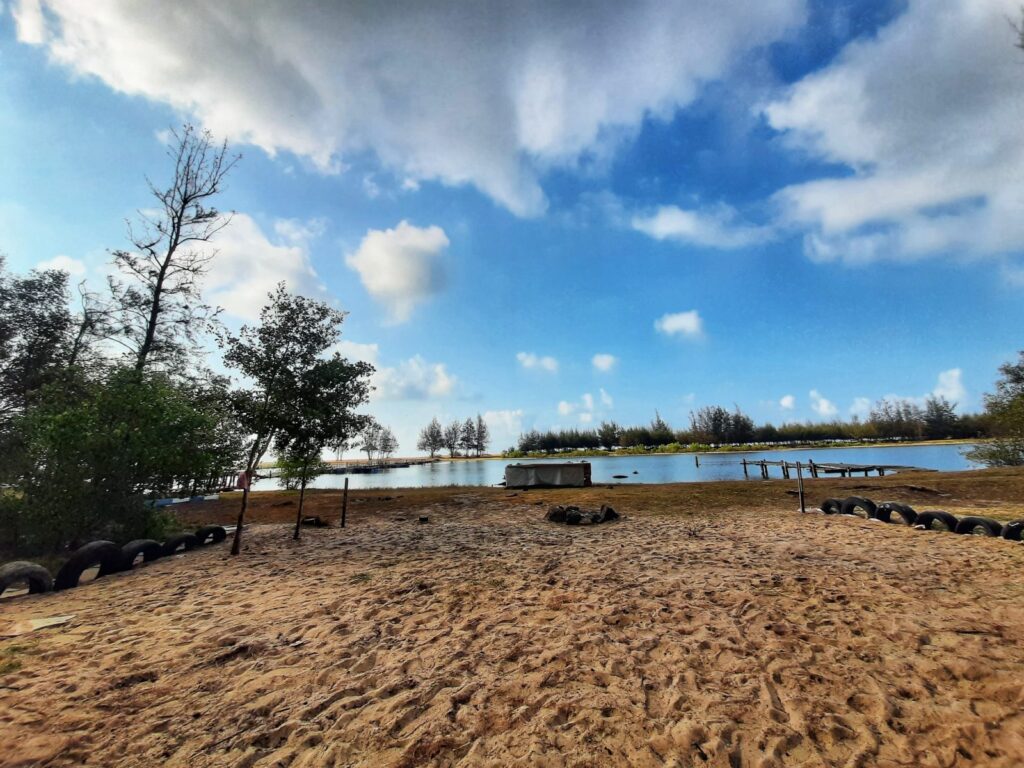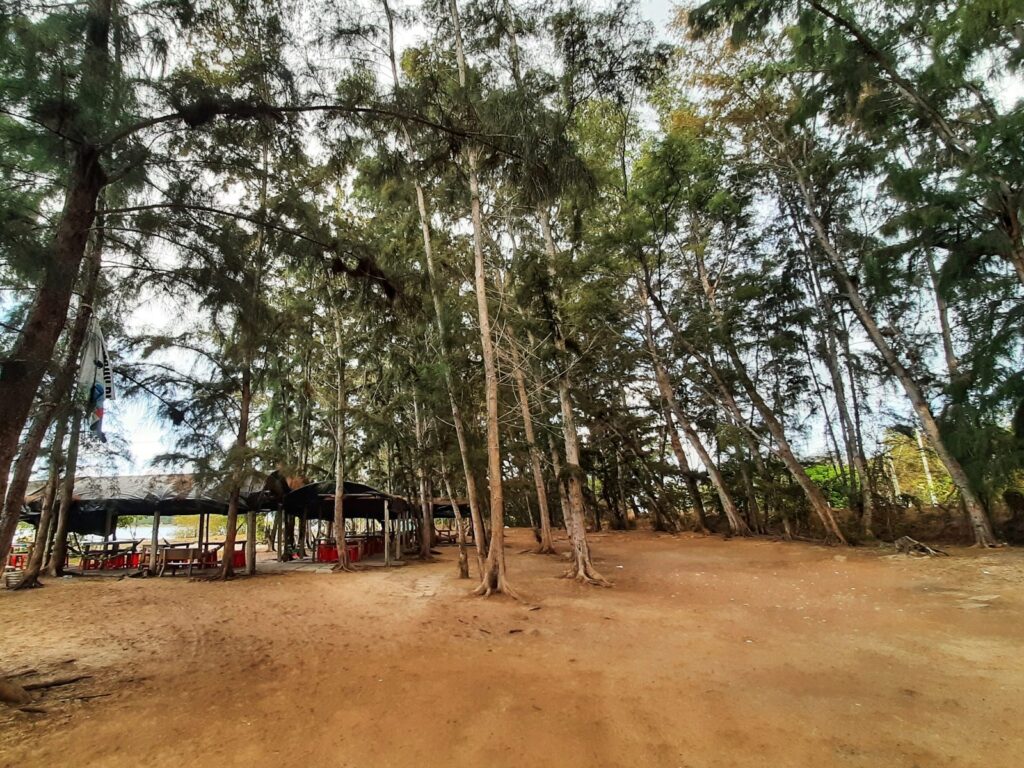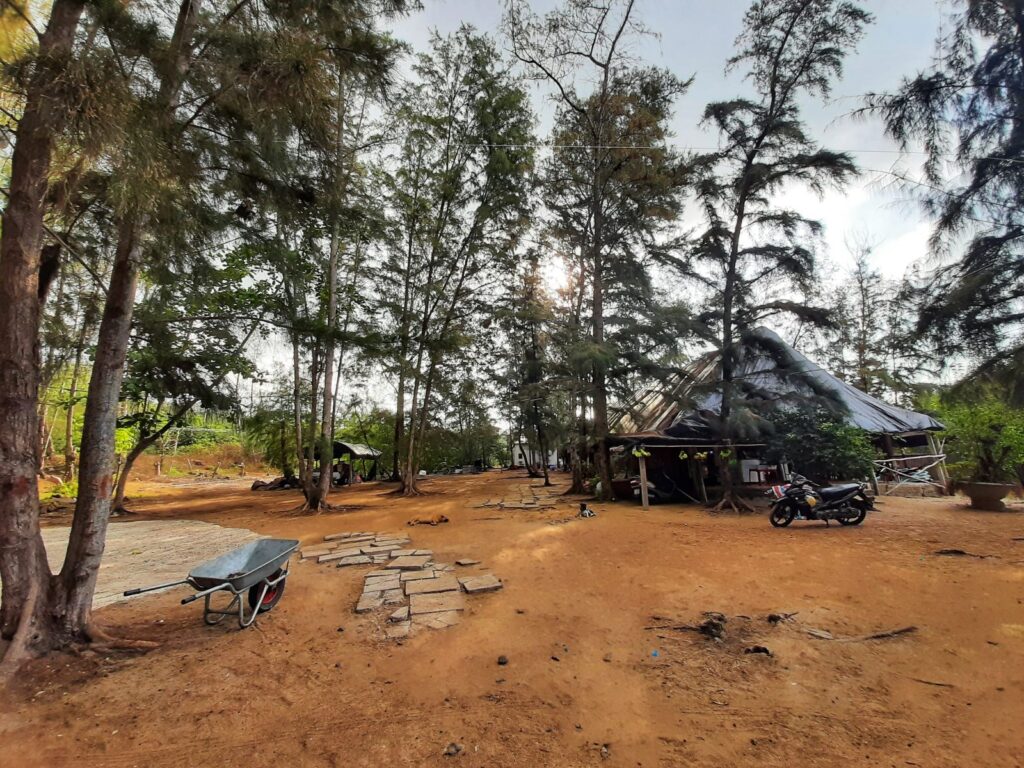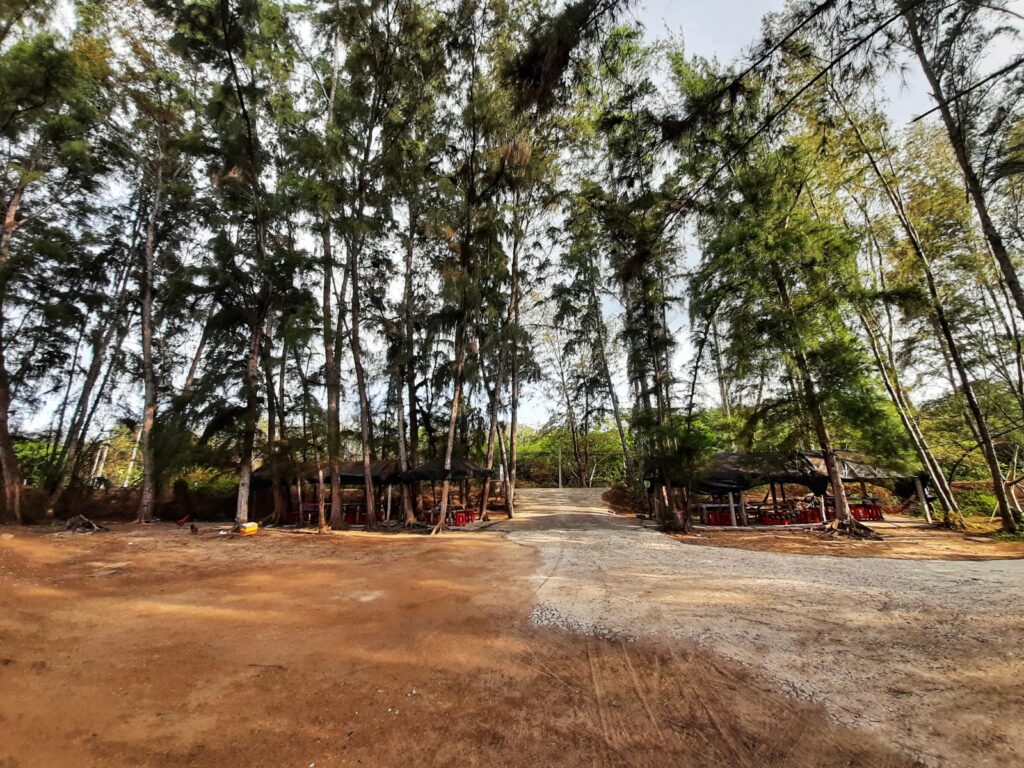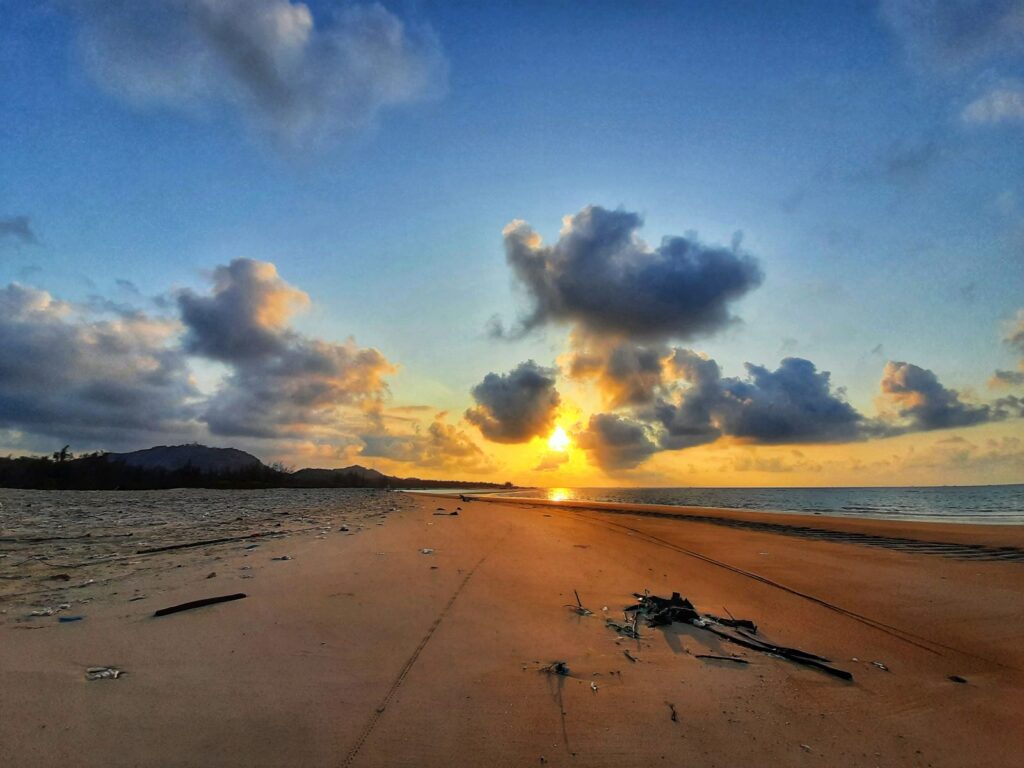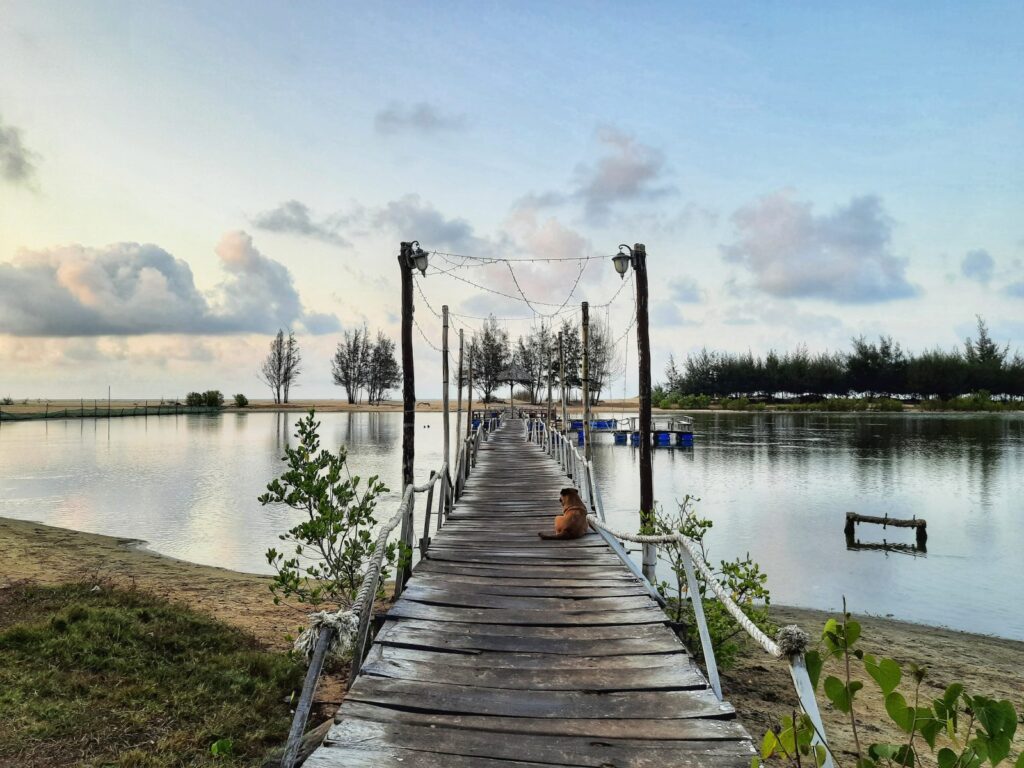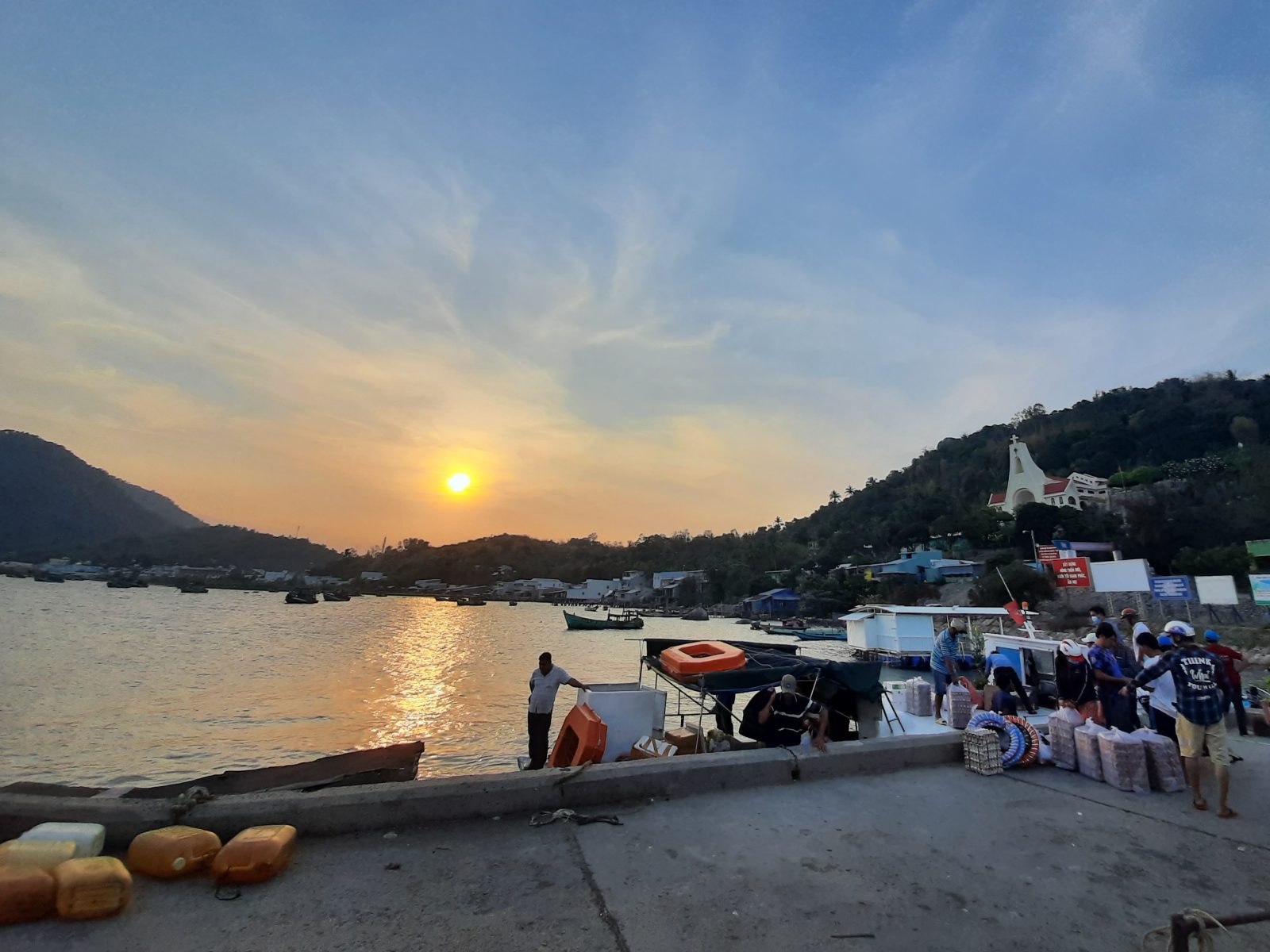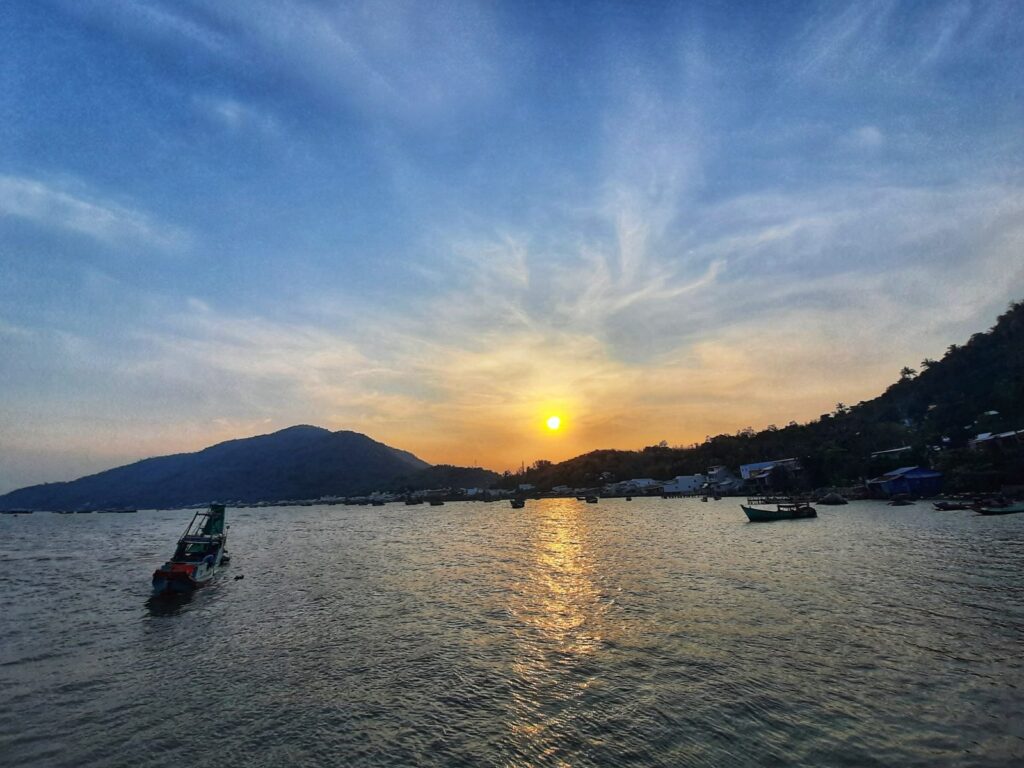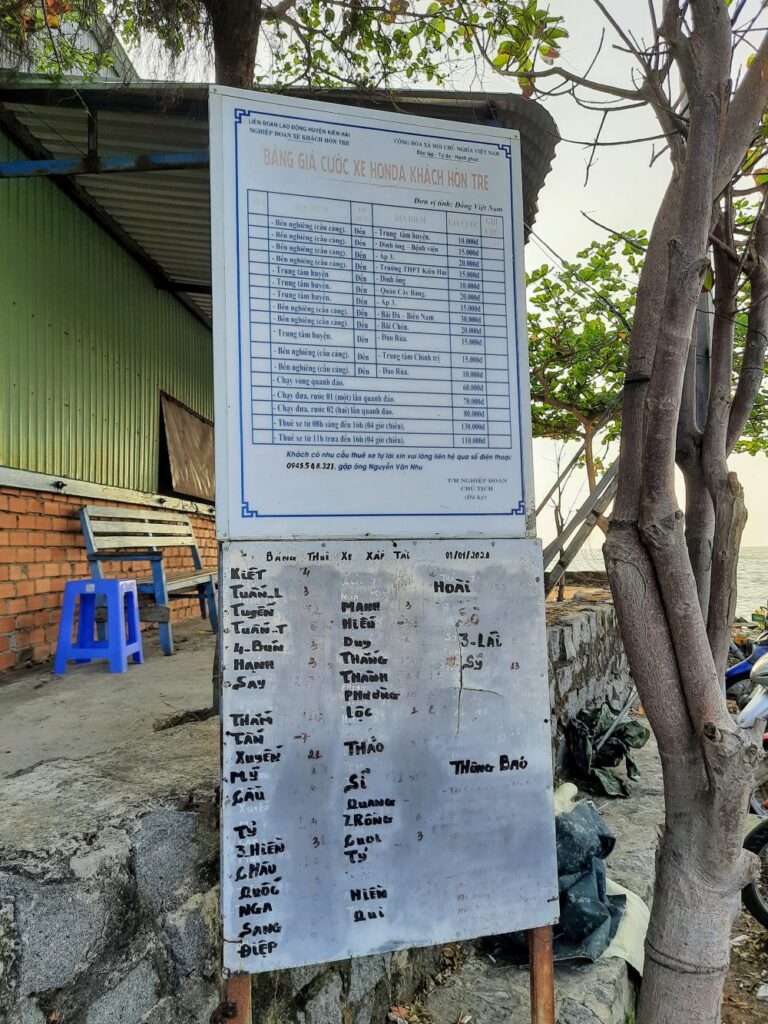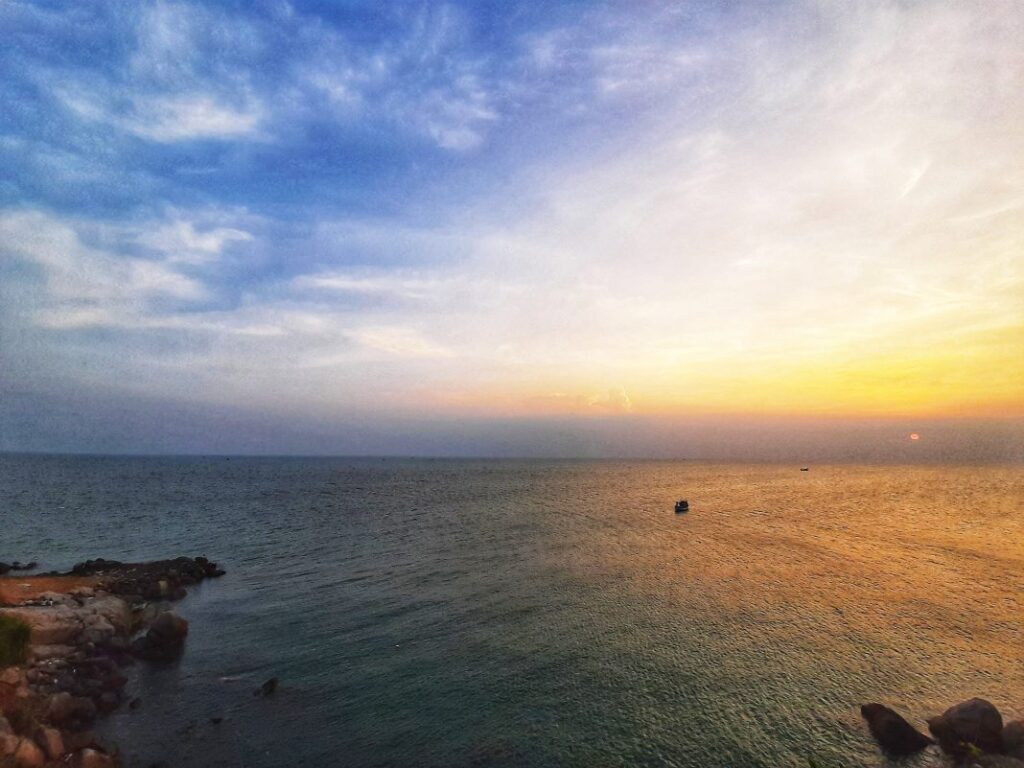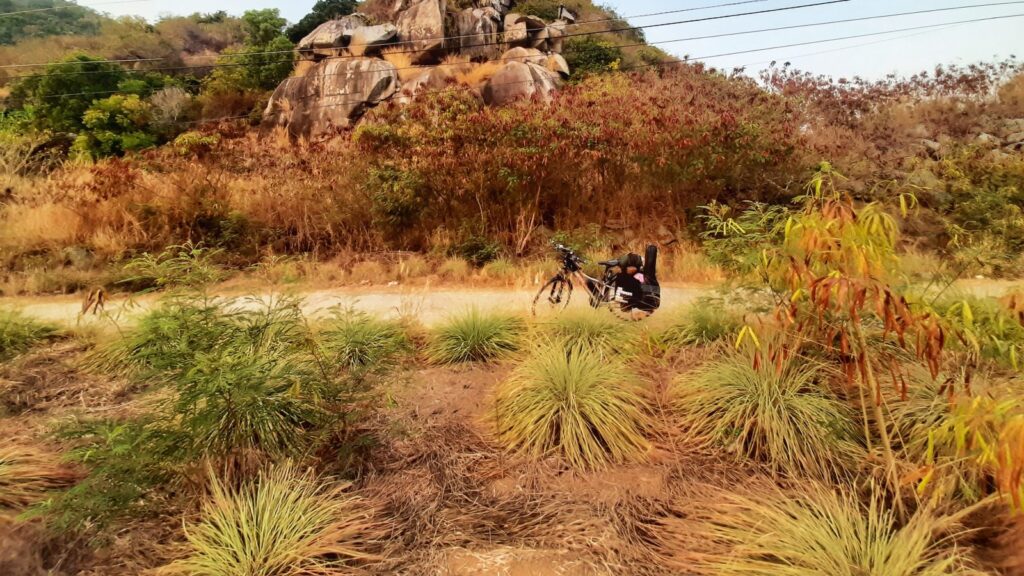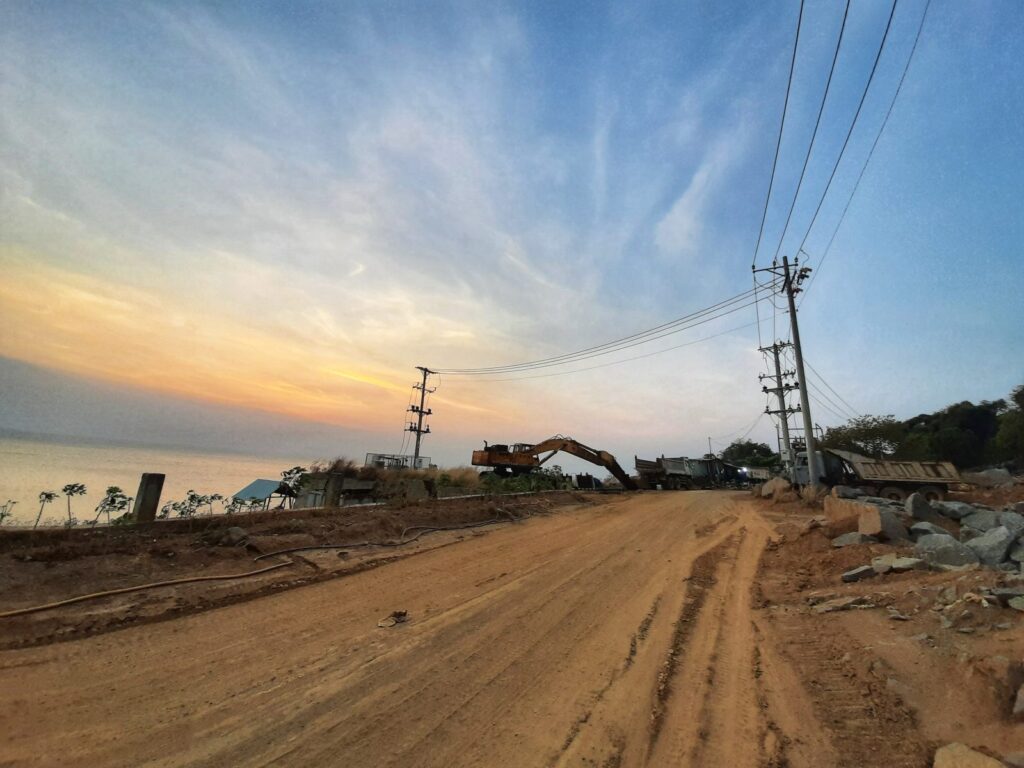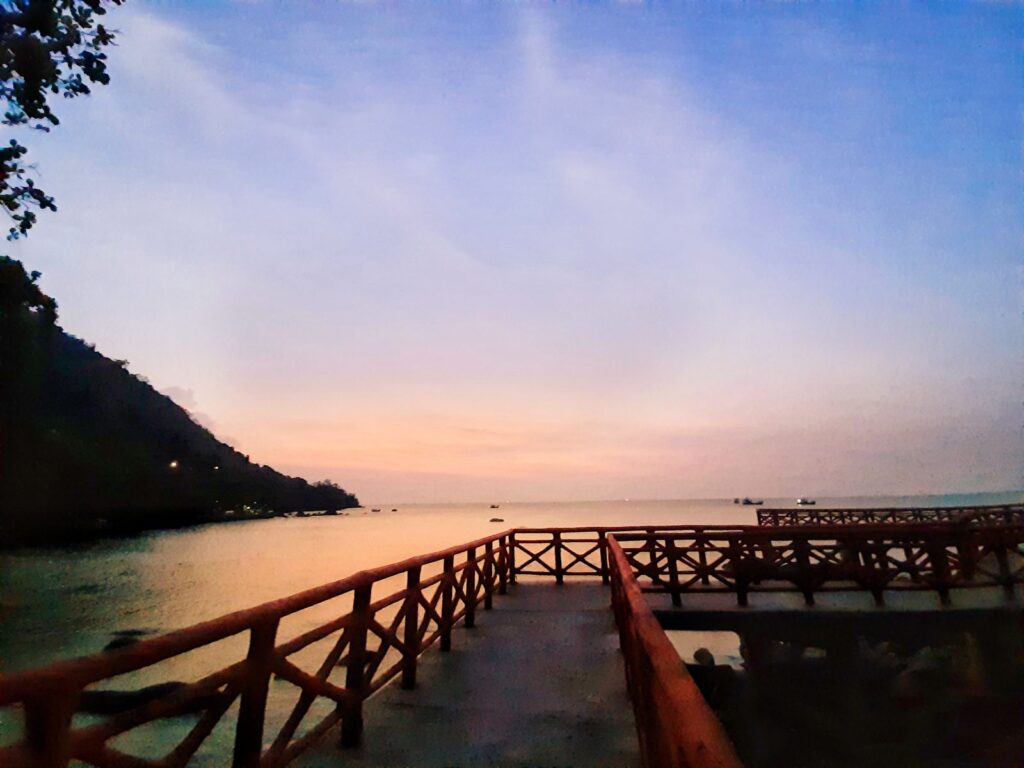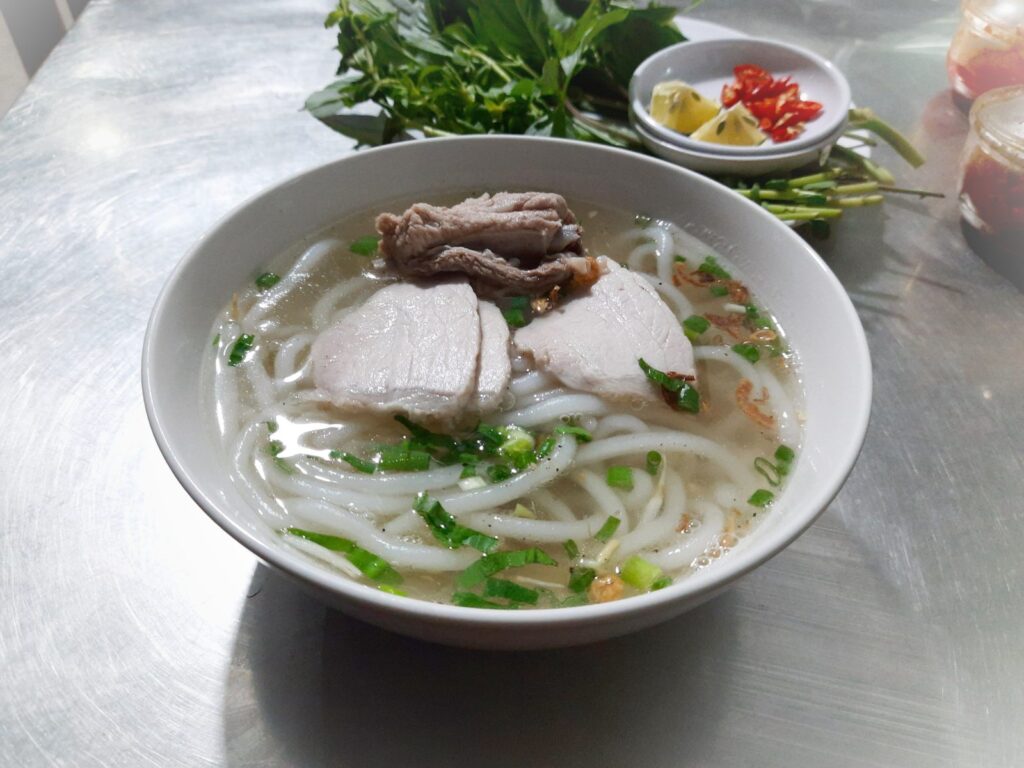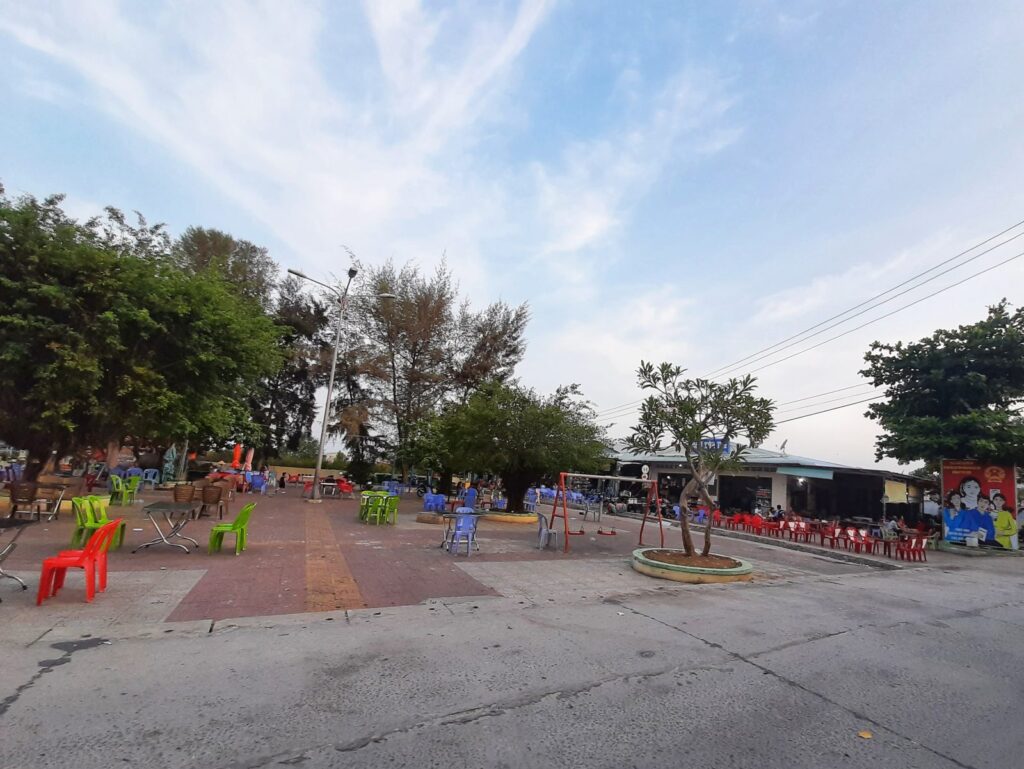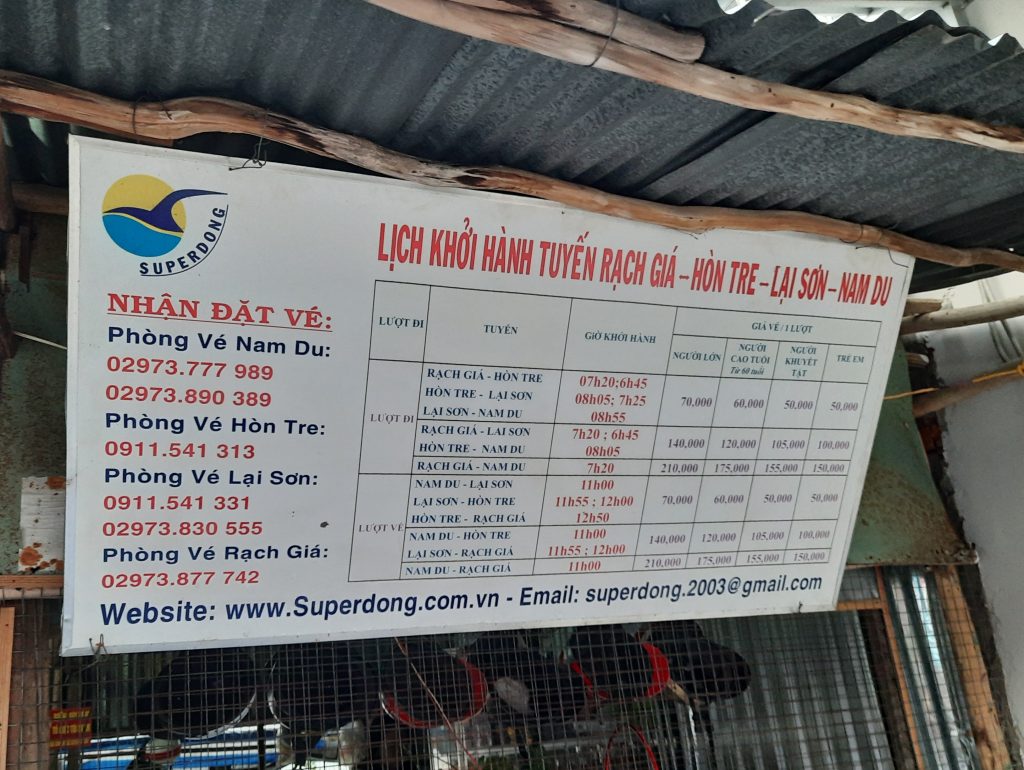The era of digital nomad is coming. Stay sharp!
How does Covid pandemic change our life? I don’t know exactly how billions of people are impacted by the worldwide disease, but it changes COMPLETELY the way we live. The new waves of Covid come one after one, and all experts sadly admit: we have to live with it like seasonal flu, and it soon becomes a part of human history.
For now, it’s a massive pandemic, it strikes us hard, but like most of the pivotal events in our life, it forces us to sit down and think about what’s our most priority in our lifetime and pursue it right here and right now. Why? We don’t know when covid calls our name (yup, who knows), whether it hits us deadly, or at least a long long lockdown in hospital then longer quarantine when we’re better. So the only thing we can do best now, is to follow our heart, not to be saying sorry later.
Some now spend more time with family, while the others choose to go after their ultimate dream: become location independent workers and travel around the country (or world). Is it possible? Yes, many people have done it. Is it hard? Super hard but not like becoming a superman. Good news: Some travelers indeed generate enough money to pay the bills on the road, myself included, though, to be honest, it’s kinda rough.
And like other businesses, becoming a successful digital nomad takes time and serious investment, say your valuable time and efforts of learning new skills, to take off at a certain level that enables you to harvest the fruits of labor eventually.
So what is a digital nomad? According to Wikipedia, Digital nomads are “people who use telecommunications technologies to earn a living and conduct their life in a nomadic manner. Such workers often work remotely from foreign countries, coffee shops, public libraries, co-working spaces, or recreational vehicles.“
Before we start to build that lifestyle, let’s dig into the essence of the matter: why should we become a digital nomad.
1. No more 9-5 (plus Monday blue)
This is the very first perk that you will see immediately, after you bravely quit the jobs, office jobs that lock you in stuffy cubicles, now you can take a rest on the weekend and no more blue monday, ever. It would be a bit empty of your feelings. It’s “job lag” and everything will be alright then. Just forget about your previous life, no more 9-5. Your schedule is all set by yourself. Wanna take a scuba dive or trail hike during the day and work at caffeine-fueled night with a cup of coffee? Just do it. It’s your life, and you are at the helm of every minute of the day. Control it well. And the next Mondays are brighter and brighter.
View this post on Instagram
A post shared by Jason Darejourney (@jason.darejourney)
2. Choose your own uniform
Yes, your own uniform, because no one would require you to dress in a suit, tie and trousers like in the office or … a mascot on the street. Actually, you still need to dress up a bit when you are on a video call session with a client, but free yourself from the burden of dress code for most of the time. The digital nomad lifestyle also enables me to practice minimalism on a daily basis, buy less but essential outfits, which also follow my own style, on the way I love. In tropical regions, I prefer patterned short-sleeve shirts well matched with capris and shorts. It feels truly comfortable, every single day.
3. Save your creativity
Doing daily jobs, day by day, over and over, is the best way to kill creativity. Truth be told, most sedentary workers are feeling “stuck” at the end of the day. Becoming a digital nomad will be the ultimate salvation, and it’s true. Say, you will be working with a wide array of new clients and complete new various tasks. In fact, start-ups and small businesses may be your very first clients and their crazy ideas will be blowing your mind. But I warn you that the dawn of your digital nomad era will be highly chaotic, but it is such a crucial test to our flexibility and creativity. You got the picture.
View this post on Instagram
A post shared by Jason Darejourney (@jason.darejourney)
4. Working by the beach or in a coffee shop?
One of the best perks of becoming a digital nomad in 2021 is the reality of location independent. Not locked in the cubicles, now you can choose the best place to boost your mood and creativity and performance. It may be on an airy balcony of a romantic coffee shop in the countryside or a tropical beach lounge with a beautiful sea view. But keep in mind that, you still have to work efficiently to complete all the tasks, get jobs done and earn income. At the beginning, I prefer instagrammable locations as I thought they would improve mood and efficiency, then I felt there were so many matters distracting my flow of thought, so I prefer quiet places, even in hostel lounges when everyone’s out exploring, and entirely focus on the jobs. Finishing them quickly, and enjoying a cocktail at the end of the day is much better than doing both at the same time – At least, it works fine to me. Words of wisdom: You have to recognize the pattern of working to get the best of both worlds, working – traveling, at perfect balance to stay longer on the road.
5. Goodbye to commuting
Well, I have saved at least 2 hours per day of my life so far as I work from home during covid. It is the fact of becoming a digital nomad in 2021, too. You don’t have to drive/ride home – office back and forth every working day, as you mostly work at your chosen offices, like cafe, lounge, hotel room and your room at home, to name a few, as long as you get the jobs done by the deadline. Take that 2 hour per day to build up your lifestyle, you may admire the sunrise and the good mood at the beginning of the day, practise yoga, swim in the sea, and not be stuck in a boring drive from home to the office.
View this post on Instagram
A post shared by Jason Darejourney (@jason.darejourney)
6. Long long leisure time
When we’re trapped in cubicles with a task-and-deadline circle, there’s little time for daily leisure. We start the day with roasted sandwiches and hot dogs (instant noodle is prefered in some countries too), then we commute to the office in time. Checked! Try to be a real busy staff member as best as we can, then go home late with tiredness spreading throughout the body. Weekend comes and we try to go around for a while, just to rush back to welcome a blue monday. It’s a rat race but we are not rats actually, we are human, and we deserve a better life. A life to breathe in fresh air and eyes open to admire nature. A digital nomad still has to work, but they can arrange at their own pace to enjoy more leisure time.
7. It’s stressful, but in a positive way
Is there stress when becoming a digital nomad? Yes, it is, due to the uncertainty of the nomad lifestyle. Most travelers work as freelancers for temporary projects and start-ups, until they build up a successful business like respected travel bloggers, hostel owners or adventure tour operators. They may not know how the income fluctuates month by month, not a steady stream of money so say a “digital nomad salary“, it depends on projects. Digital nomads frequently move around when visas expire, and getting acquantainced to the new destination may be stressful to somebody. But in contrast, it’s kinda boring when you have nothing to deal with on a daily basis, besides paying visits to points of interests or hang-out with other guys. So a certain level of stress is also essential to have a good experience on the road, and trust me, it’s not like the stress you face on a 9-5 lifestyle or paying the monthly bills in an expensive metropolis. It’s the stress of freedom.
8. More time for yourself
What I love most when becoming a digital nomad is having more free time for myself, to start a clear thought about who I am, what I truly love, what kind of careers to follow in so many years instead of short-term jobs not ever igniting a flame in my soul. I have more time to digest the books in my backpack, watch inspirational travel movies, to consider get some best travel tattoos, to write about my journey on this blog – my little nest in cyberworld and to enjoy a cup of coffee in a slow morning, and to spend more time on the favourite destinations in my solo travel bucket list.
9. Immerse in new cultures
Digital nomads frequently drift to different regions and countries during the expedition and encounter the new cultures from time to time. Not all of them are sweet, as the culture shocks still happen here and there, but after all, they are all new and feed our curiosity well. I admired the openness to LGBT in Thai society when my country Vietnam was still reversed with the local community many years ago. I love the way Laotians practice a slow-living lifestyle and nature-friendly manner, the Hindu religious activities in Malaysia, or Catholic cathedral and religious-related during my walk across Intra Muros in Philippines, the first time I felt scary but also excited at the Black Nazarene parade on my first day in the Manila, while working on laptop from the hostel’s lounge. Or a calmness rising inside my soul when I was in the iconic Omar Ali Saifuddien Mosque at the heart of the Brunei long-named capital, Bandar Seri Begawan. The scenery may be same same but the cultures make it different!
10. Becoming a digital nomad boosts your skill
Becoming a digital nomad means a hard-working life, as you will work not only remotely but also independently. I started as a freelance writer – a “pen for rent” job. I was self-employed and under no line manager. I had to seek clients via my networks, pitch the creative portfolio, then build myself professional skills to meet the criteria and deadline, take feedback positively and move on. The way you look at digital nomads relaxed posing on their laptop outside is different from inside. But at the end of the day, it’s worth working like that to be independent and flexible. I chose that lifestyle, no matter what it costs. And the price? I gain more digital nomad skills like team-management, time-management, pitching, problem-solving, etc. because most of the time, I learn and work on my own, out of my comfort zone and grow up over time.
11. Start your own business
With digital nomad skills, world-traveling workers can actually build their own business and earn mainstream flows of income. Not a few travelers now try to build a sustainable blog or vlog in hope that it will help them pay the bills on the road one day. The cake is still enormous enough for dreamers who persistently advance the business to monetizable scale. If you are a designer, it’s a chance to establish a design firm, hire freelancers and build up a reputation cyberworld-wide to earn money for traveling. The same model can be applied for marketing consultants, translators, language tutors, etc. A business helps you have more financial sustainability when coming back home. A popular balanced work-life living now is to spend constant 3 – 6 months in digital nomad bases like HCMc or Bali for business and travel for the rest of the time.
12. Eat – Pray – Love
Becoming a digital nomad enables us to travel long-term far away from home and explore myriads of experience we’ve never ever been to. One of my favorite journey is to do food tours in a new town, visit local wet markets and try cuisine in a bistro. New foods always make me a happy, just like little kids putting all things in their mouth to explore the world around, we adult eat to know. The lifestyle also allow people to well-known religious countries like India, China, Iran or Israel to dig into the very deep wells of the popular religions in the world. And the value of love in our life: digital nomads drifts here and there everytime and only great love makes them compromise the lifestyle.
13. Spend less
It may sound ridiculous but traveling on a budget with a minimalist-oriented mind requires less money than living out of home with office jobs in terms of daily cost. In fact, staying in suburbs is cheaper than in downtowns and daily expenses in third-world countries are often less than first-world nations. Digital nomad lifestyle enables people to take advantage of that unbalanced scale while enjoying the change of scenery during their journeys. Just find one or two favorite cheap countries to travel to and enjoy the low-cost living there. Vietnam and Thailand are often among the most popular destinations for budget travelers, in case you start typing on search engines for a clue now.
14. Earn more
Yeah, this is a surprising result of the digital nomad lifestyle when you actually build a sustainable business when traveling. Imagine you work for clients from rich countries to earn so-called “digital nomad salary” then only spend a few bucks living in affordable countries and cities. That’s why more and more Western workers now strive to build an independent business, travel the world, set based on a digital nomad paradise and get rid of stressful monthly utility bills at homeland. Sounds unreal, but it’s true.
View this post on Instagram
A post shared by Jason Darejourney (@jason.darejourney)
15. Making new friends
Friends on the road, I miss them so much and still get in touch with some via social media. Working as a digital nomad, some of the clients may eventually turn into lovely friends, other typing-and-clicking guys at the coworking space could be your partners by chance too. Friendships in the digital nomad world like kaleidoscope experience, making new friends in the working space as well as on the road is such a compelling reason to pursue this lifestyle. While working on the laptop during the ride with my travel buddy in Laos, I met enthusiastic cyclists on uphill and downhill passages across the mountainous country. Jobs were done and I walked around Kota Kinabalu with a young local boy who ran a bakery at the airport. They all paint vivid colors in my life.
16. Bonding in the relationship
I used to ignore all the opinions and worries from family members on my uncertain digital nomad. But a life-changing moment happened when I was alone in Brunei capital, living on the tightest budget ever due to the pickpocket accidents in Manila a couple of days before: I missed my home pretty much, wondered why I should travel to eventually get stuck in that miserable situation and whole-heartedly yearned for the return. After that, I didn’t quit traveling, LoL. But I have been spending more time talking with families and friends while I’m on the road. I share more empathetic feelings with beloved people that form a strong bond in my relationship.
17. Enrich the experience beyond the boundary
Too much discussion on how to earn money with a digital nomad lifestyle and we forget about one thing: to enrich the experience and living out of the laptop enables people to do volunteer work too. Between commercial projects, digital nomads are long-term travelers and applying for missions to save environments, wildlife and aid local communities is a good aspect of this living after all, not in home country but other continents that digital nomad travel to.
18. Self-learning accelebration
Working as a digital nomad is a self-learning journey, especially when you have no background on digital nomad jobs that are conveniently digitalizable. Let’s become proactive and start learning whatever is essential for the lifestyle to take off. Focus on your core skills and try to pitch them online to attract potential clients. Read more books and surf more websites to sharpen the valuable digital nomad skills as well as interesting knowledge about the upcoming destinations to visit. Living as a digital nomad often pushes eager individuals beyond their limit more quickly than leading a sedentary lifestyle.
19. Learning new languages
I live in Vietnam, a country dominated by one single language – mother tongue Vietnamese. Most students “learn English for a better future” (most language centers say so), but only a small percentage could actually use the language fluently enough in the workplace. We lack a ground for playing with foreign languages. Things change when I become a digital nomad and start traveling. As I’m forced to communicate with the locals, firstly by English in big cities then native language when traveling to more remote regions, I get adapted quickly. Learning the local language then turns into a hobby on the road. I know that if I can speak around 20 words & phrases in basic greetings, numbers and “yes-no”, the experience becomes more interesting: the local surprises when hearing foreigners saying their language and I feel more connected to them too. And if we stay longer in a country, even score a temporary job there, or frequently have a seat in coworking space, we have more time to absorb the new language, which is a part of the indigenous culture.
20. Joining the future workforce
Sounds cliche and sci-fi themed right? But there’s a best-kept secret in work from home era that people don’t tell you: they work from everywhere providing good internet and low-cost living. There are estimations, which assume that by 2035 there will be 1 billion digital nomads on this planet, just more than a decade from now. Freedom of work-life balance in the experience-oriented era is so irresistible that more and more workers demand remote jobs to fulfill their lives.
View this post on Instagram
A post shared by Jason Darejourney (@jason.darejourney)
21. The world at your doorstep
Last but foremost, the ultimate reason to become a digital nomad in 2021 is to see the world in the limited time of human lifespan. Air travel costs a fortune, and for a standard 9-5 worker (it’s 9-9-6 in China, which means 9AM-9PM, 6 days a week), several days of annual leave plus national holidays only suffice to pay a brief visit to one or two countries, several touristy destinations and worse, in peak season of travel. A digital nomad may choose the best time to travel to the countries in their wishlist. And that should guarantee the best travel experience. But it is just one of the perks of travel as a digital nomad. Look above for the other and you see a huge “why not” to live this lifestyle.
